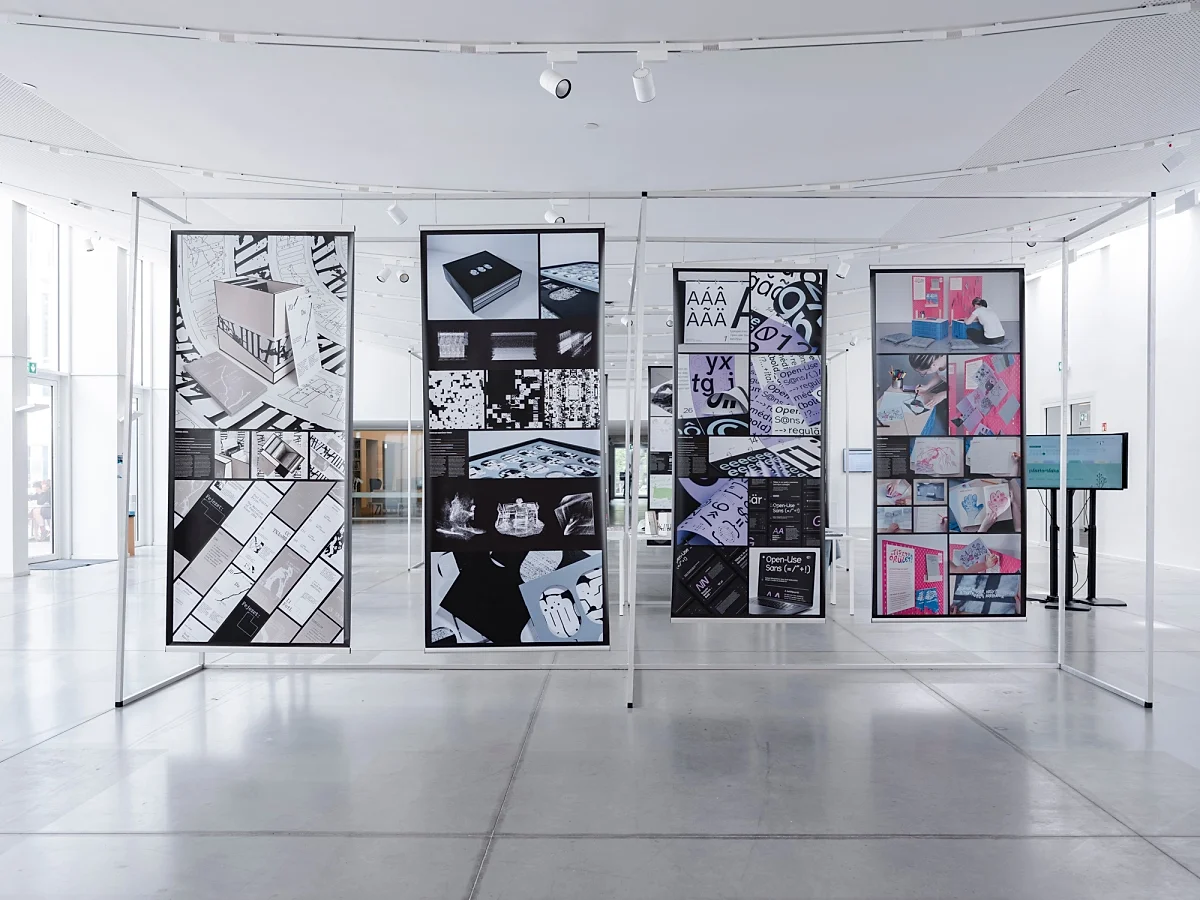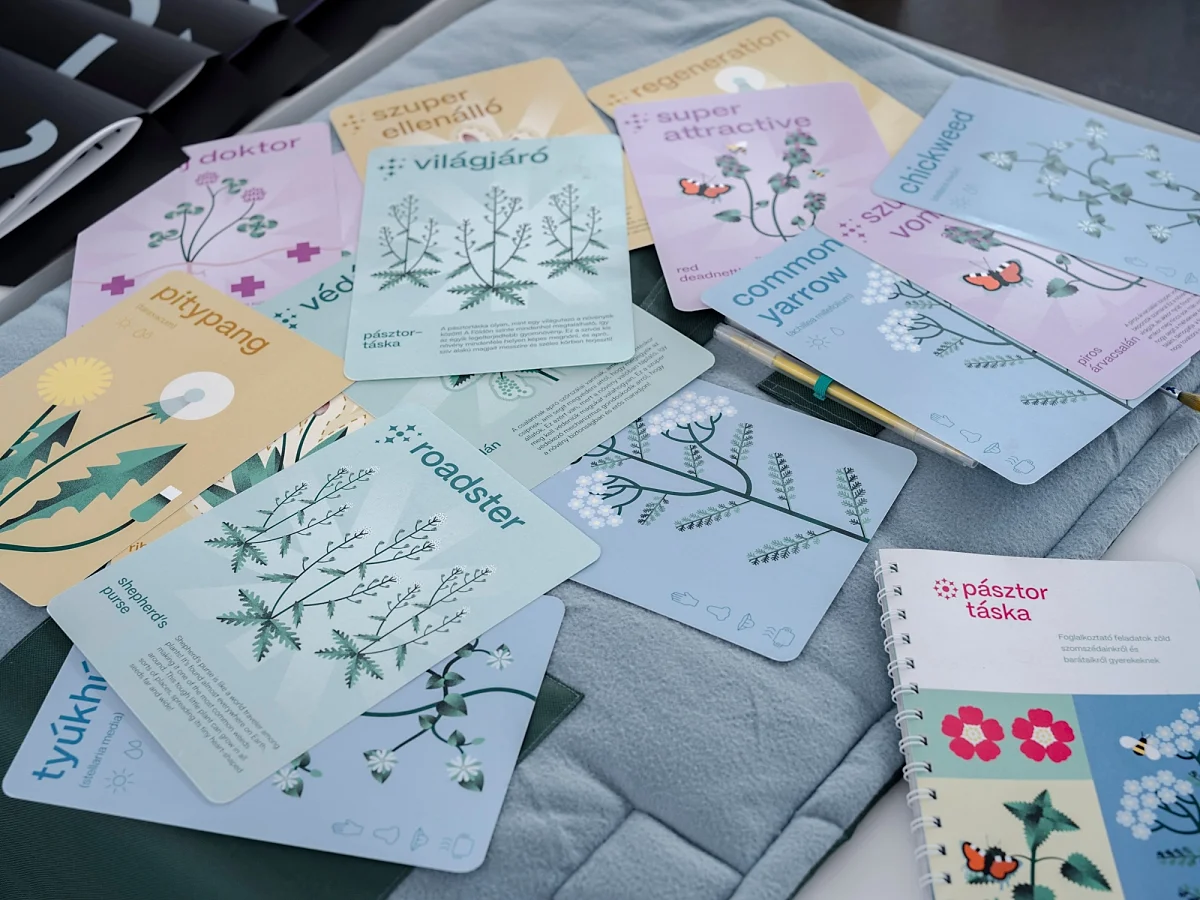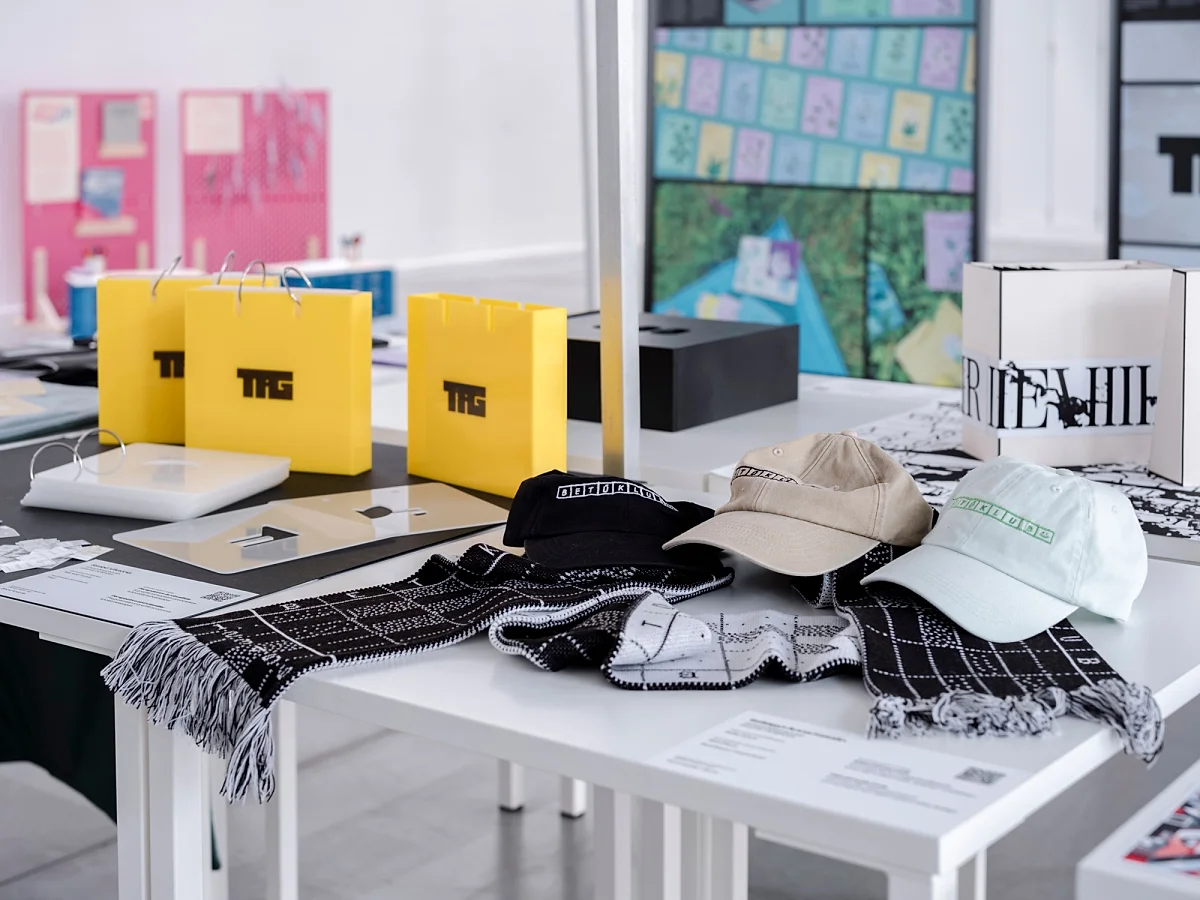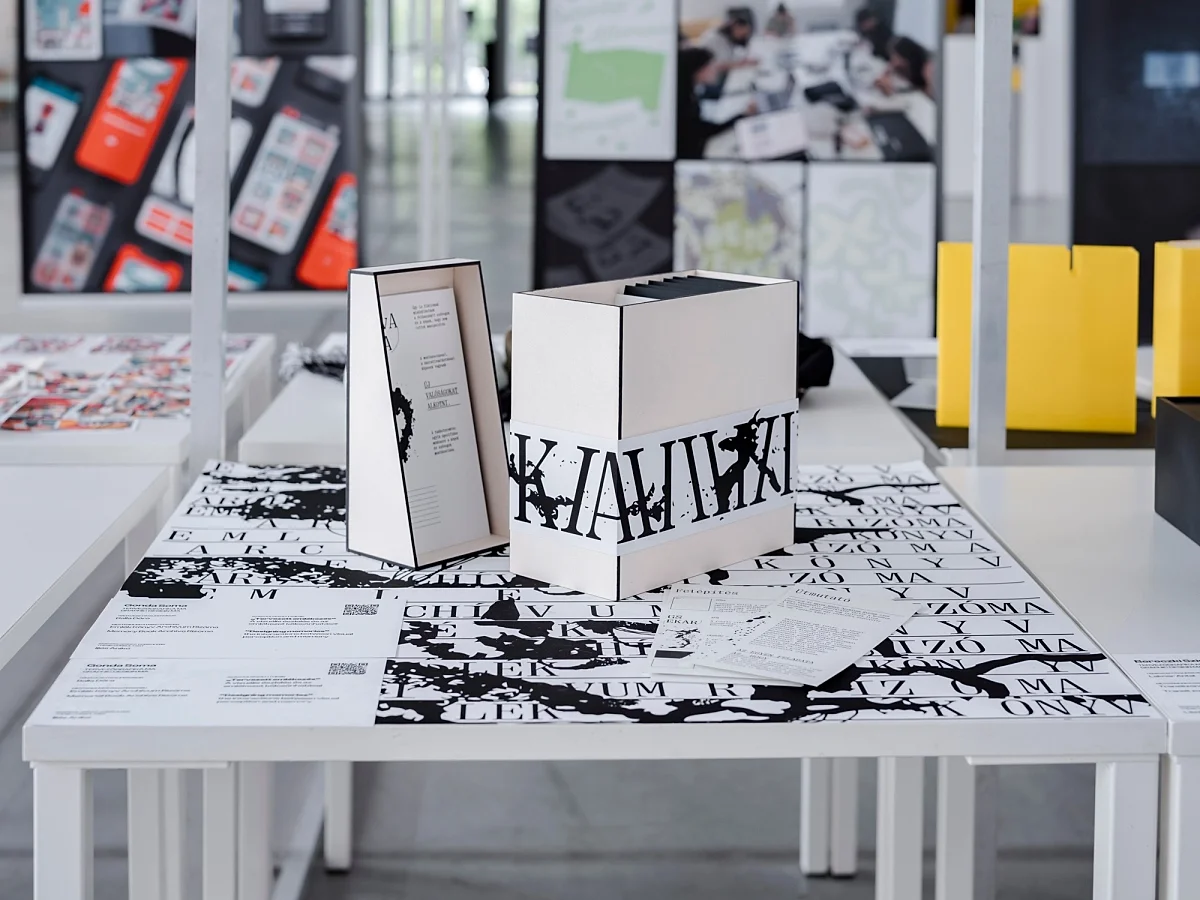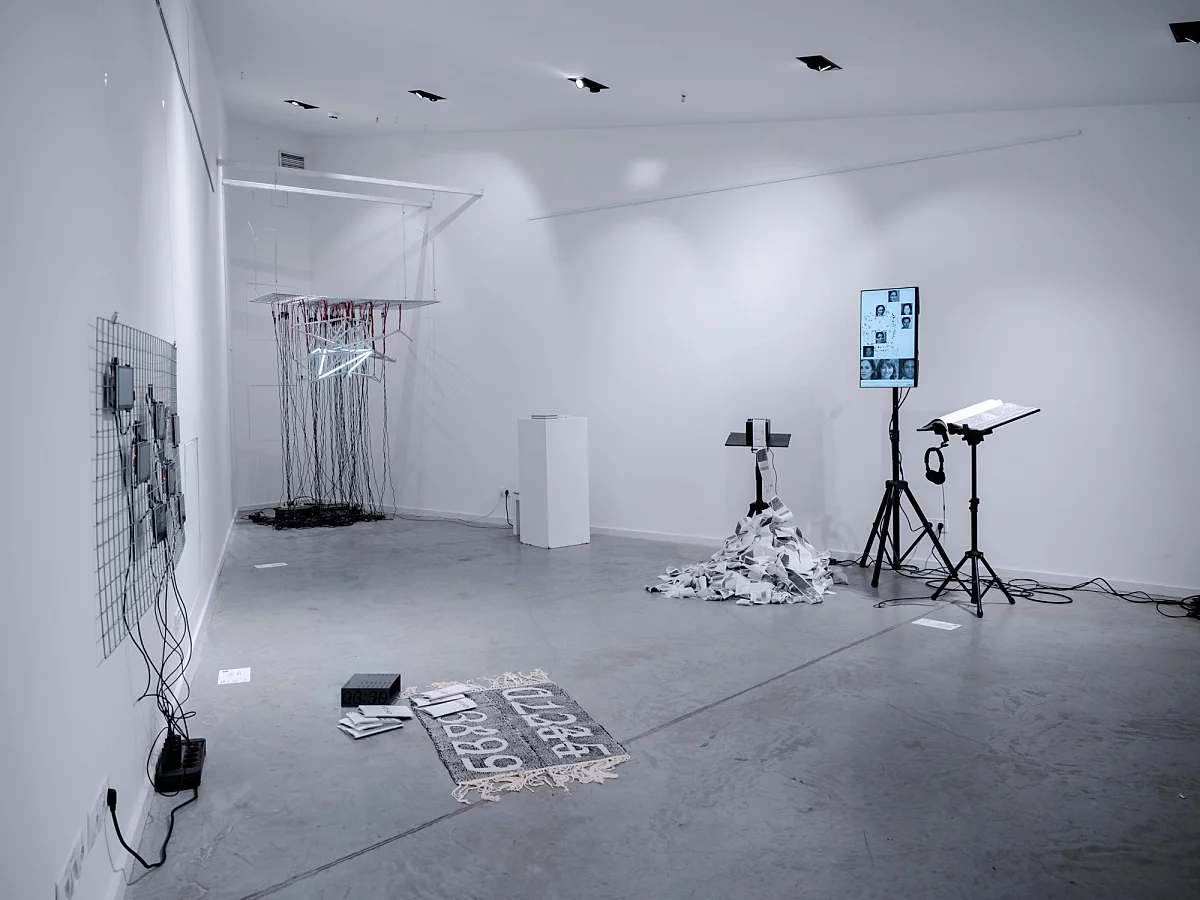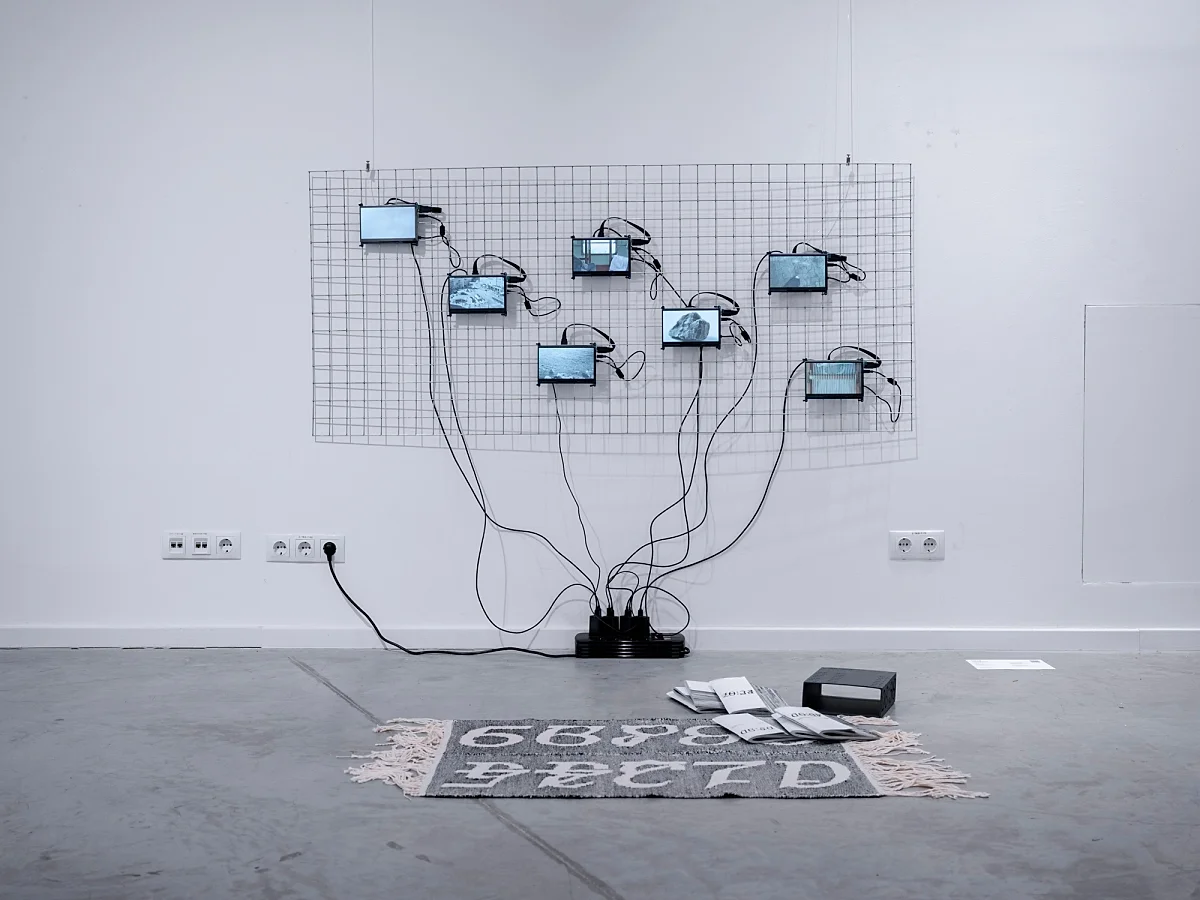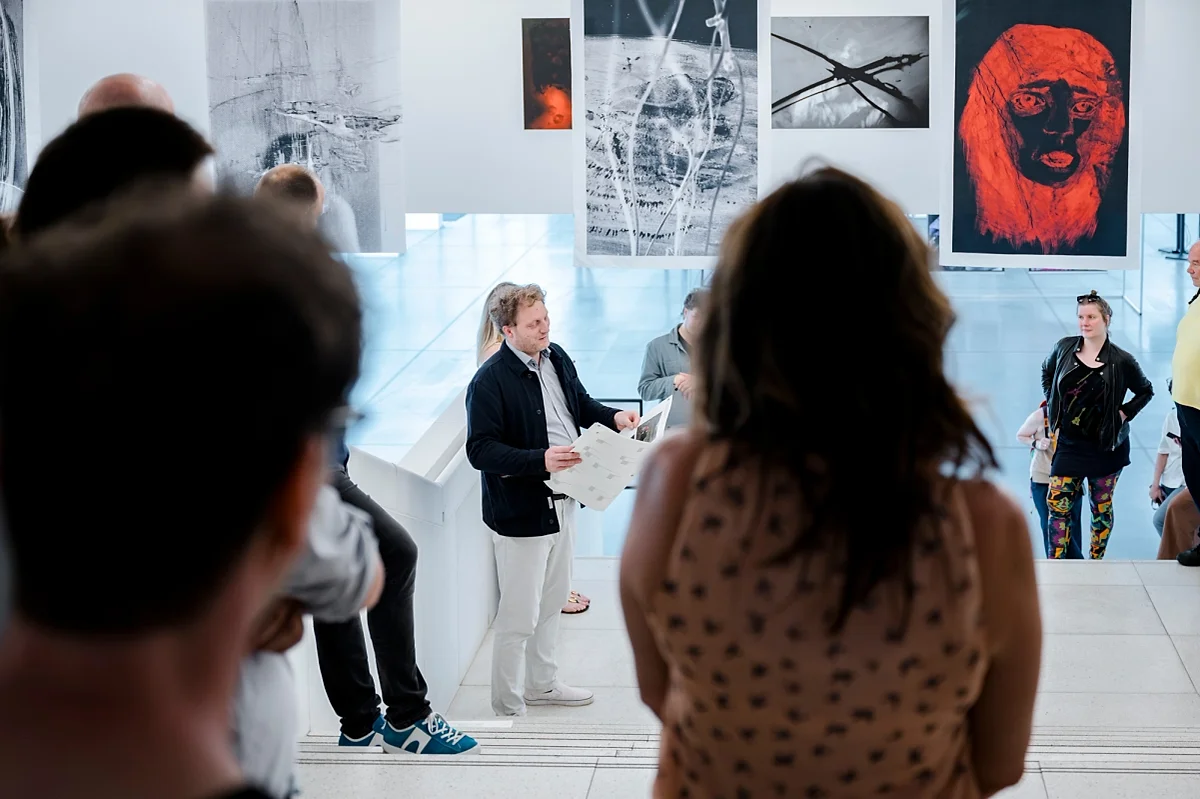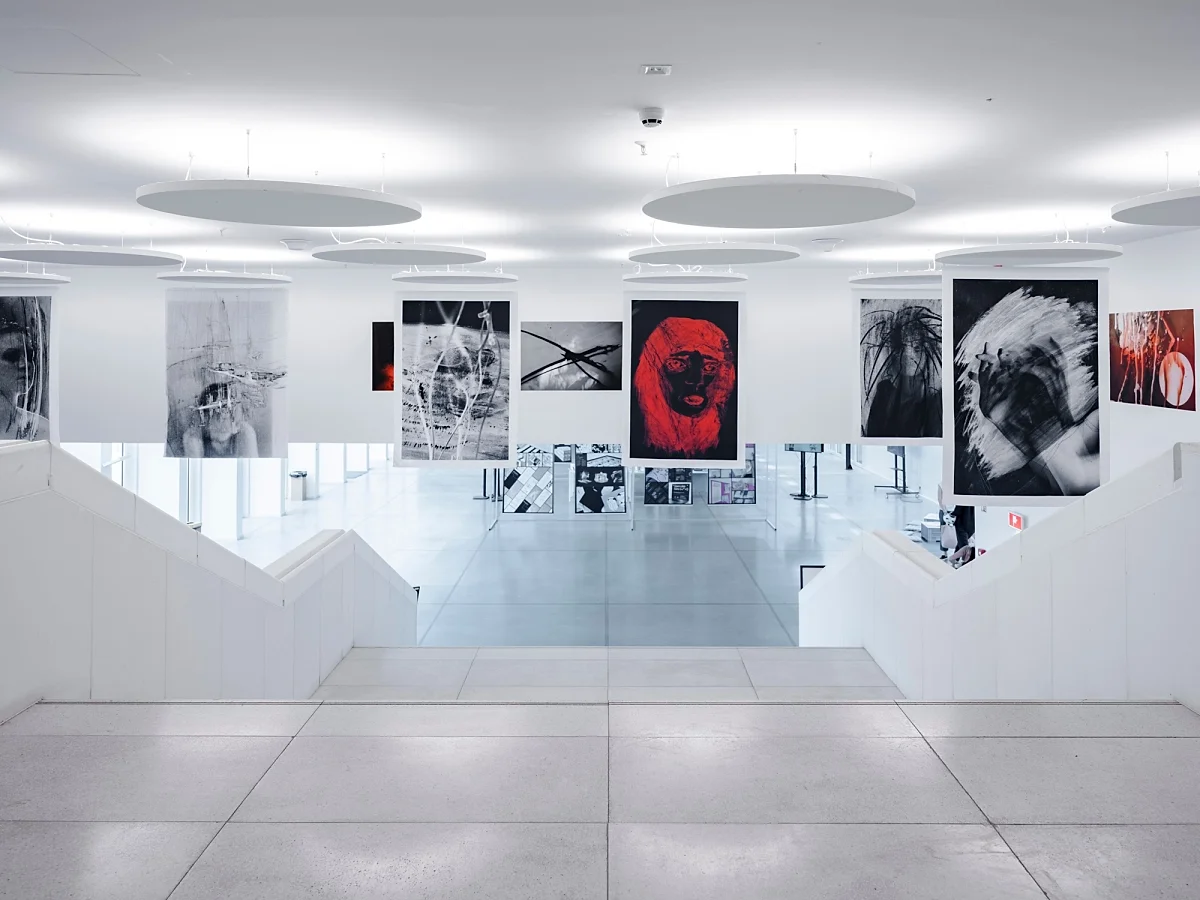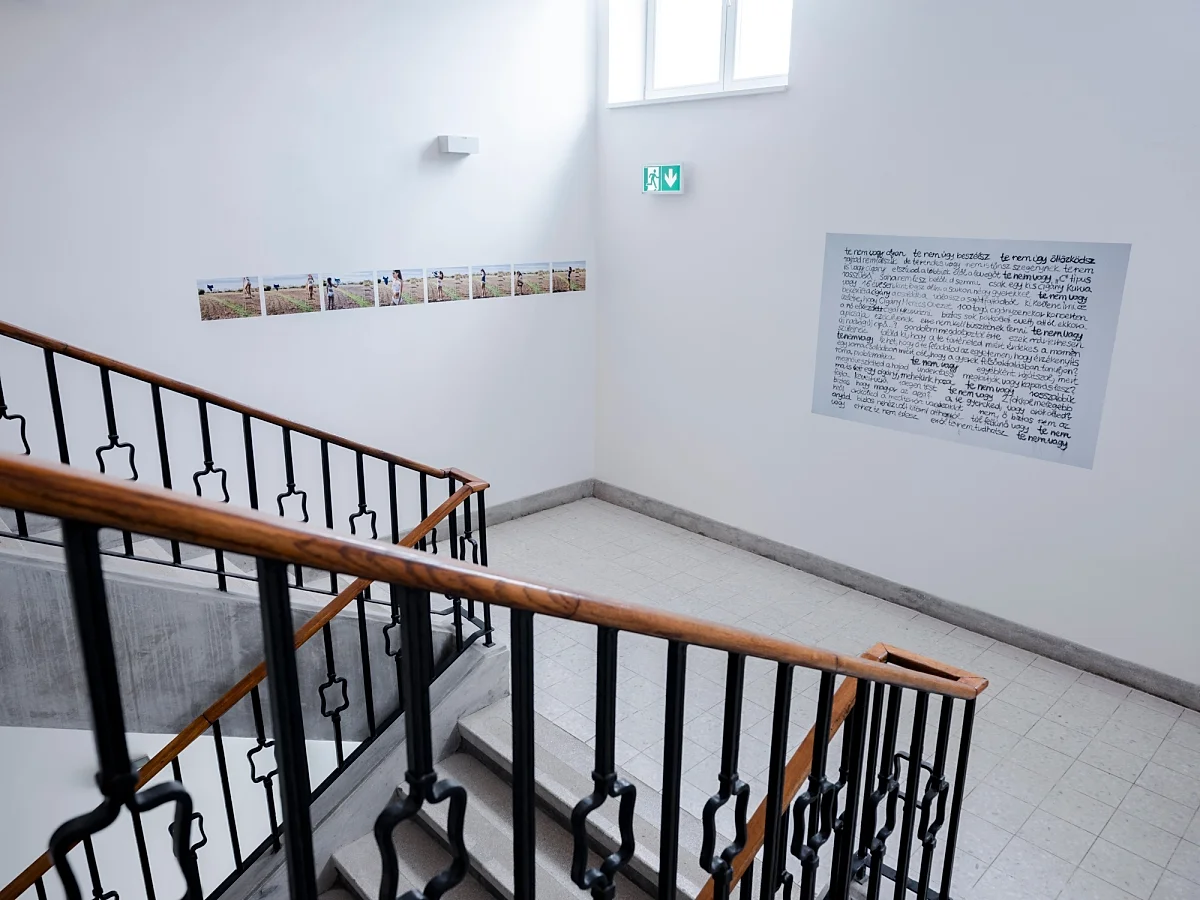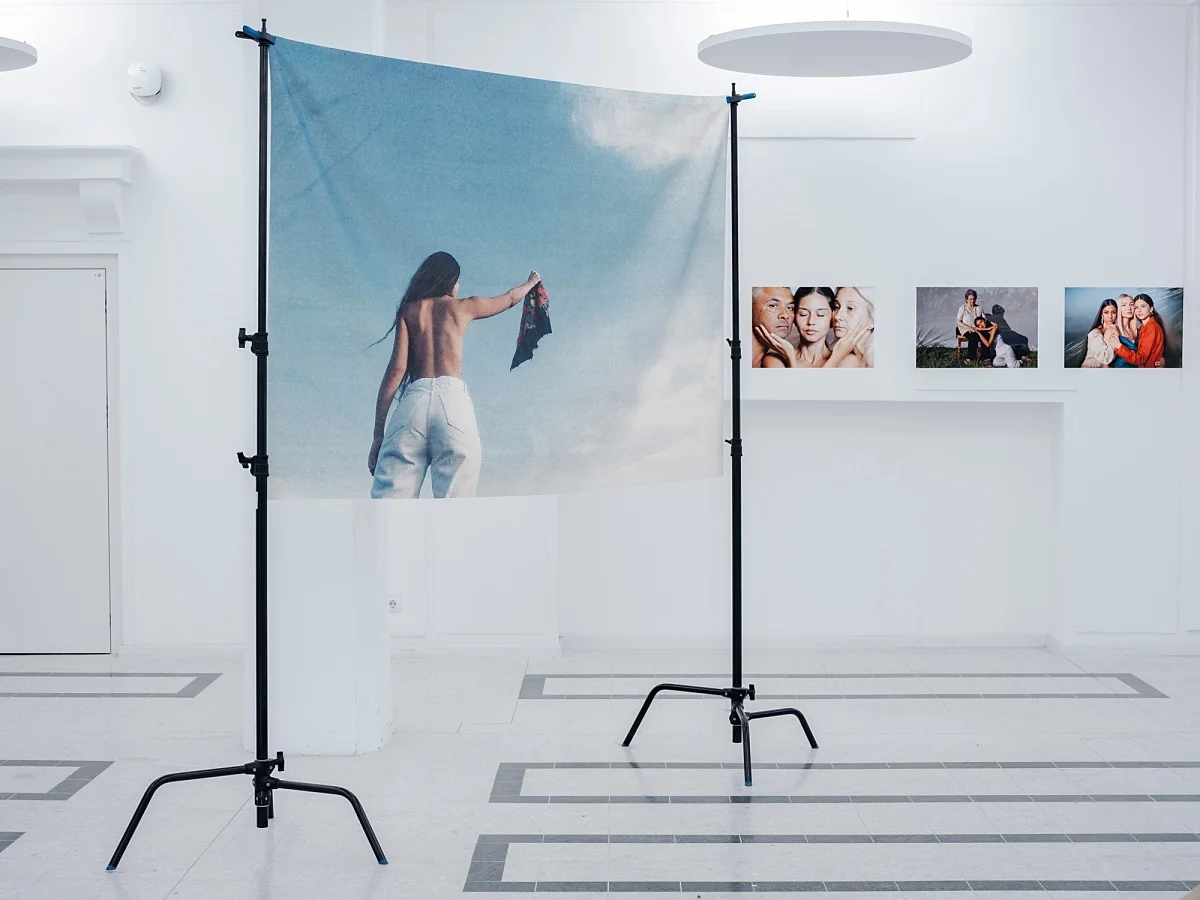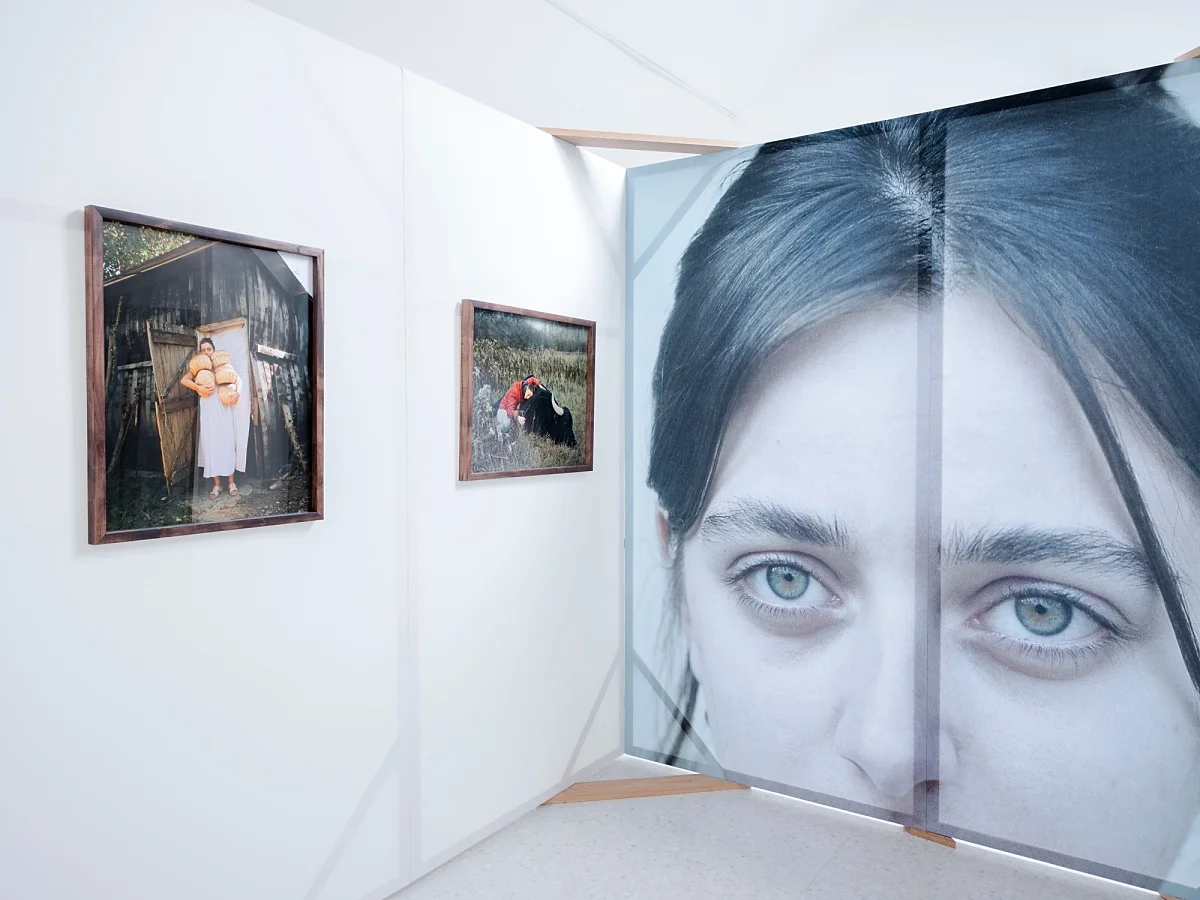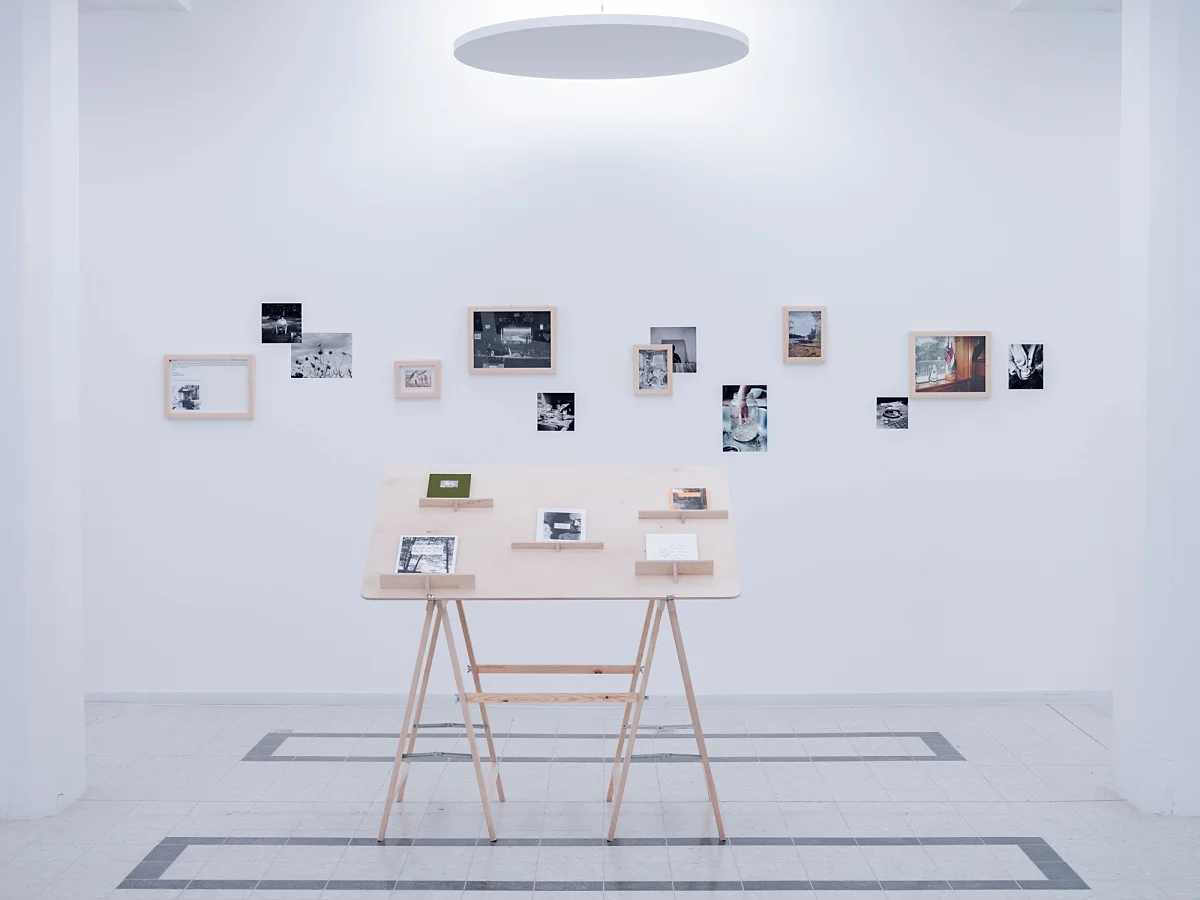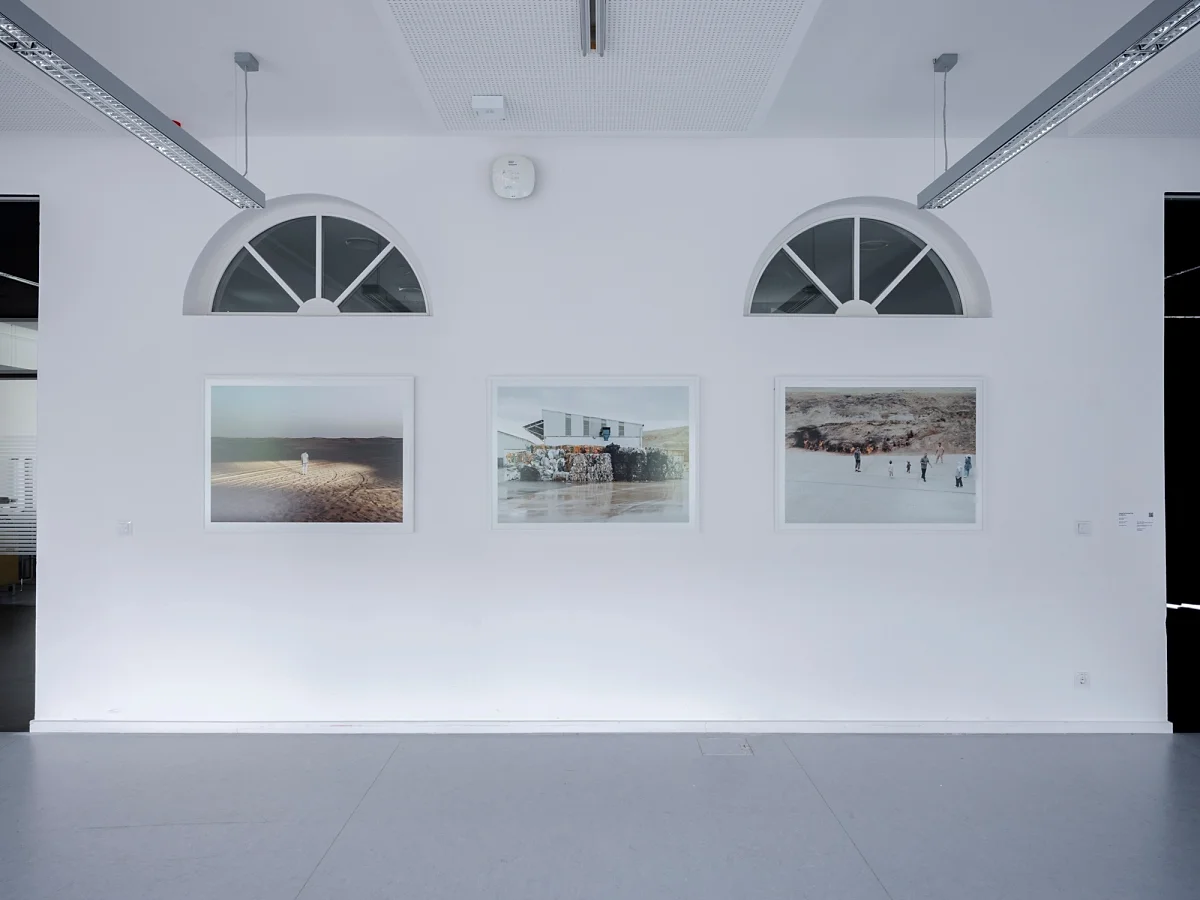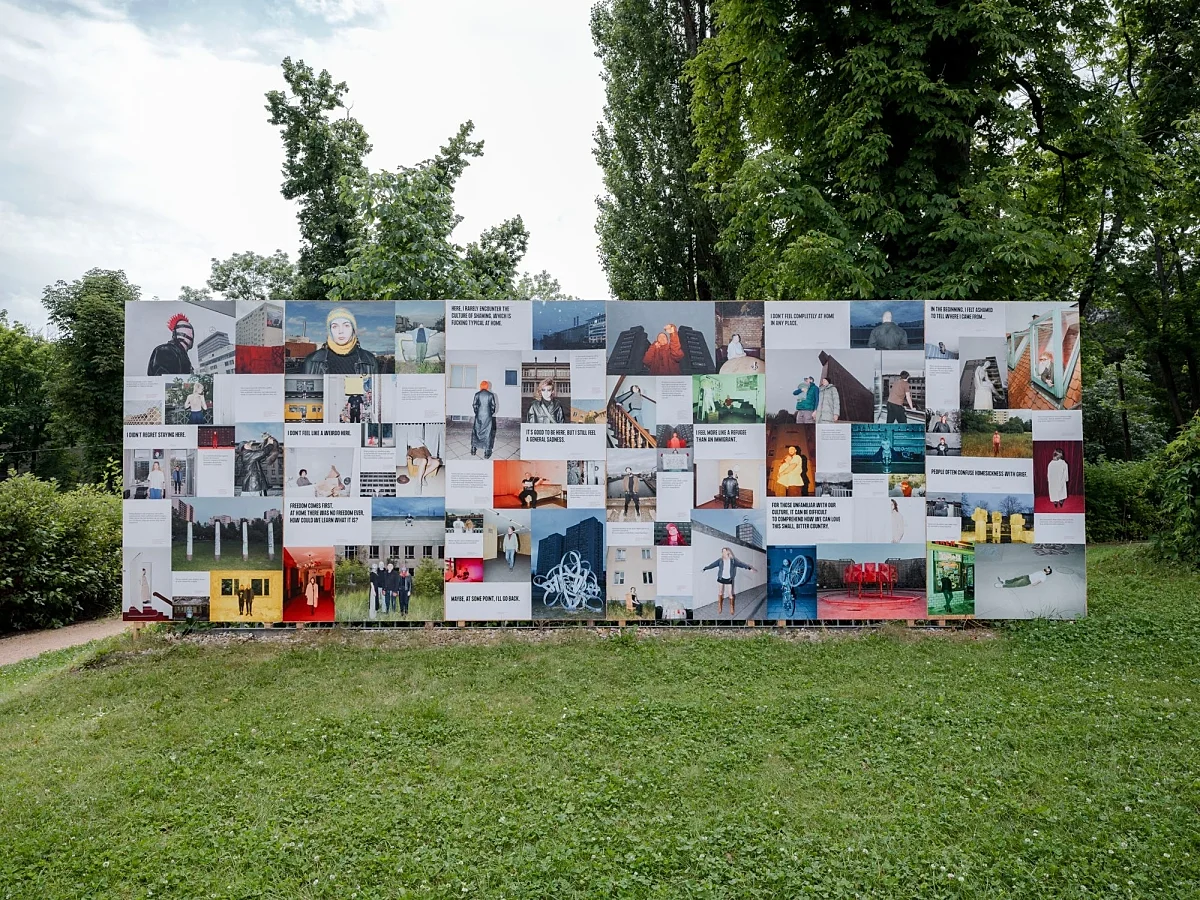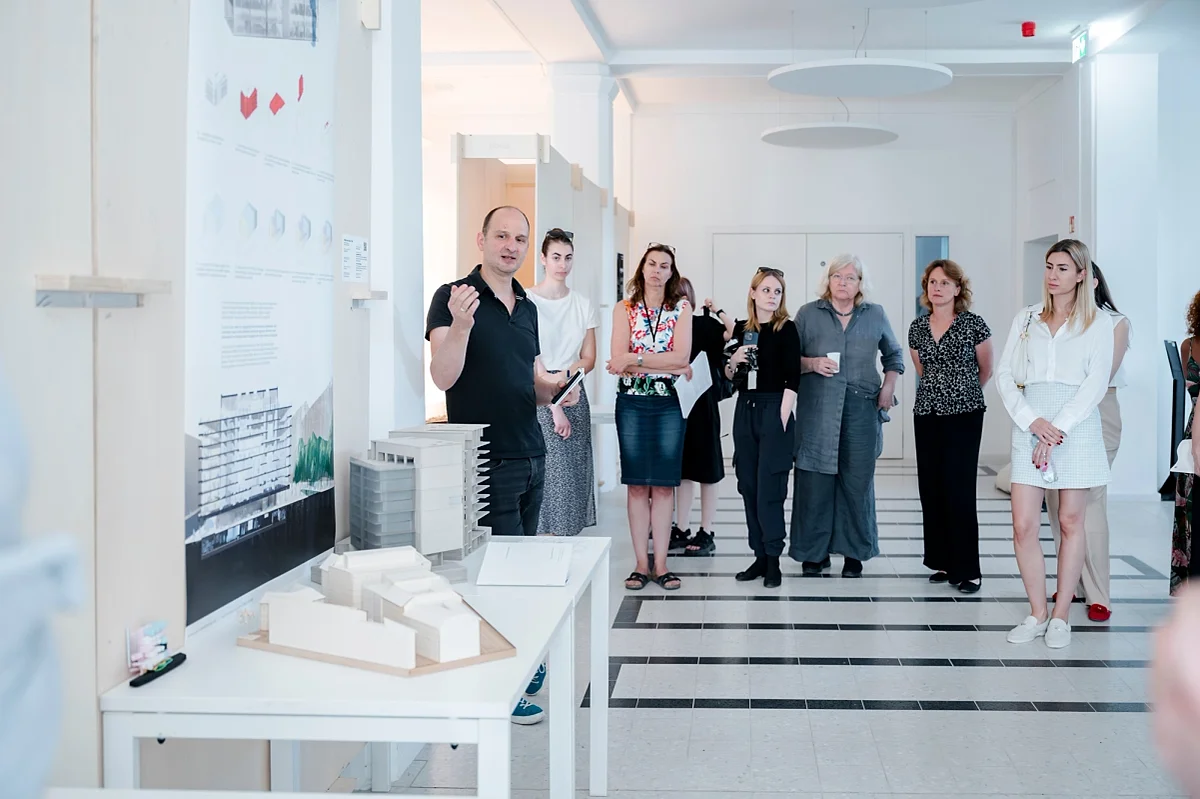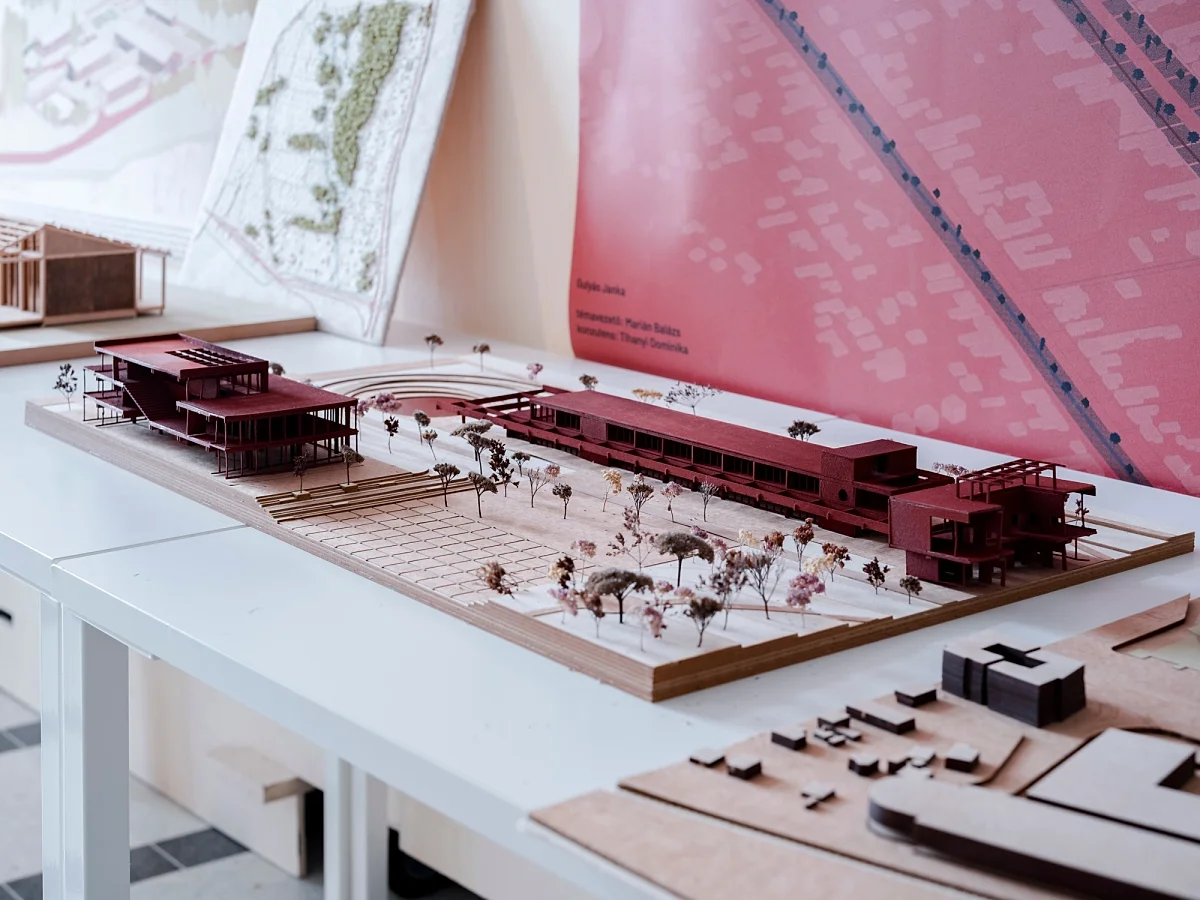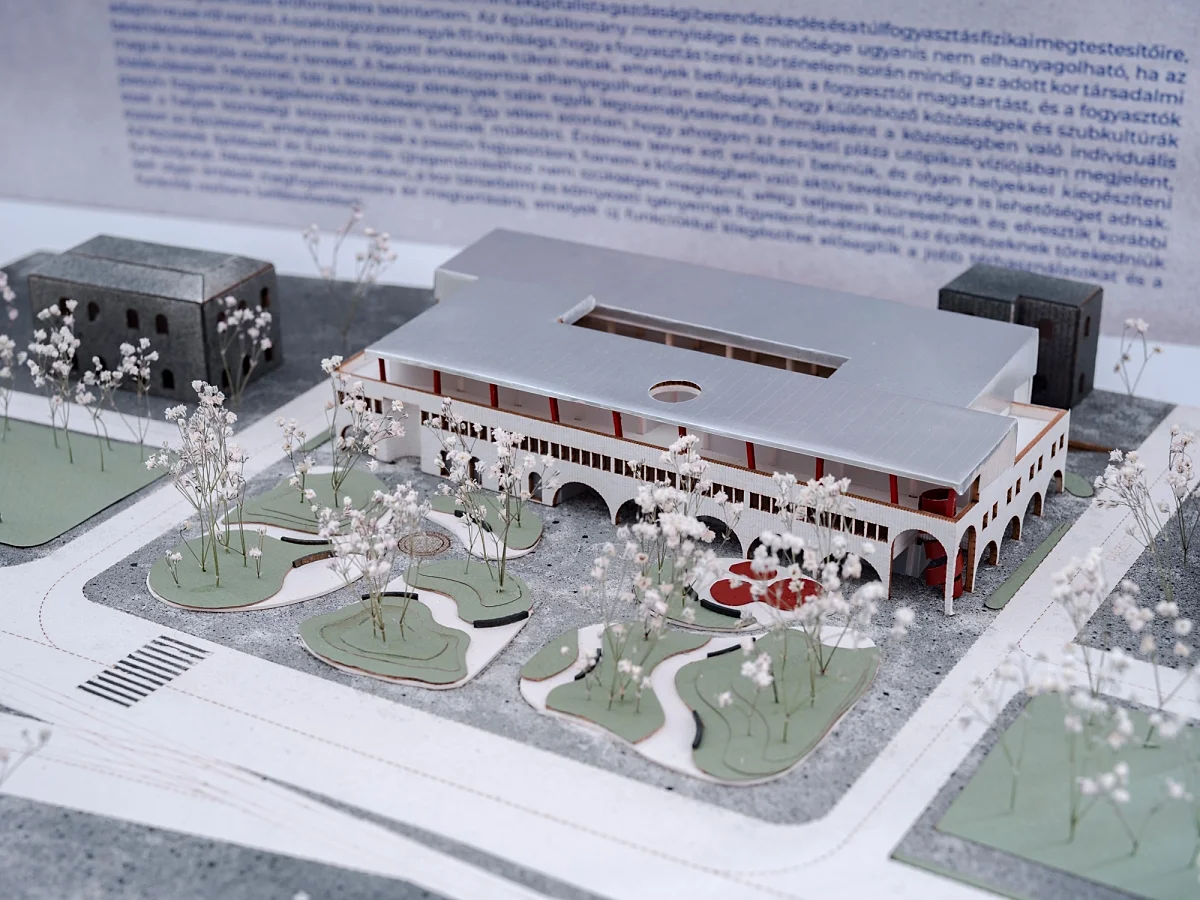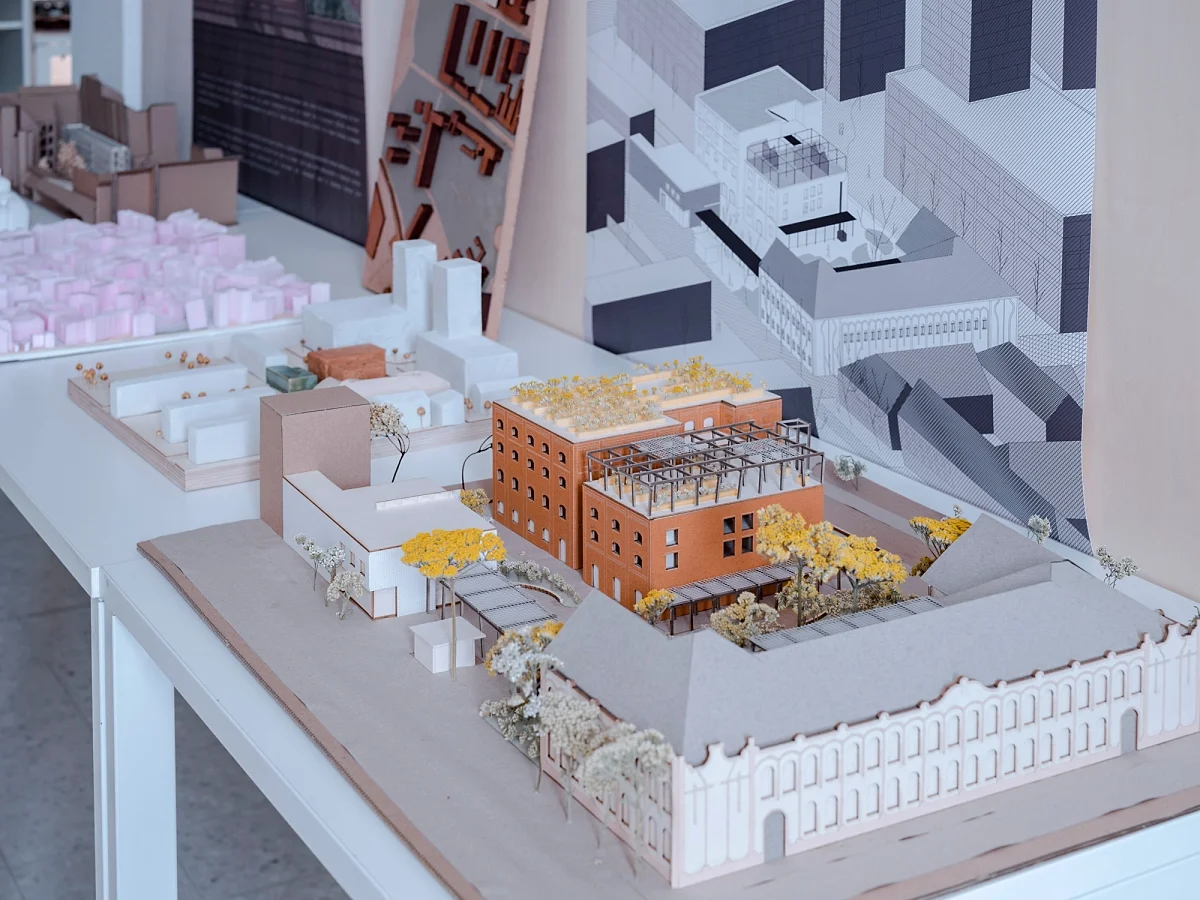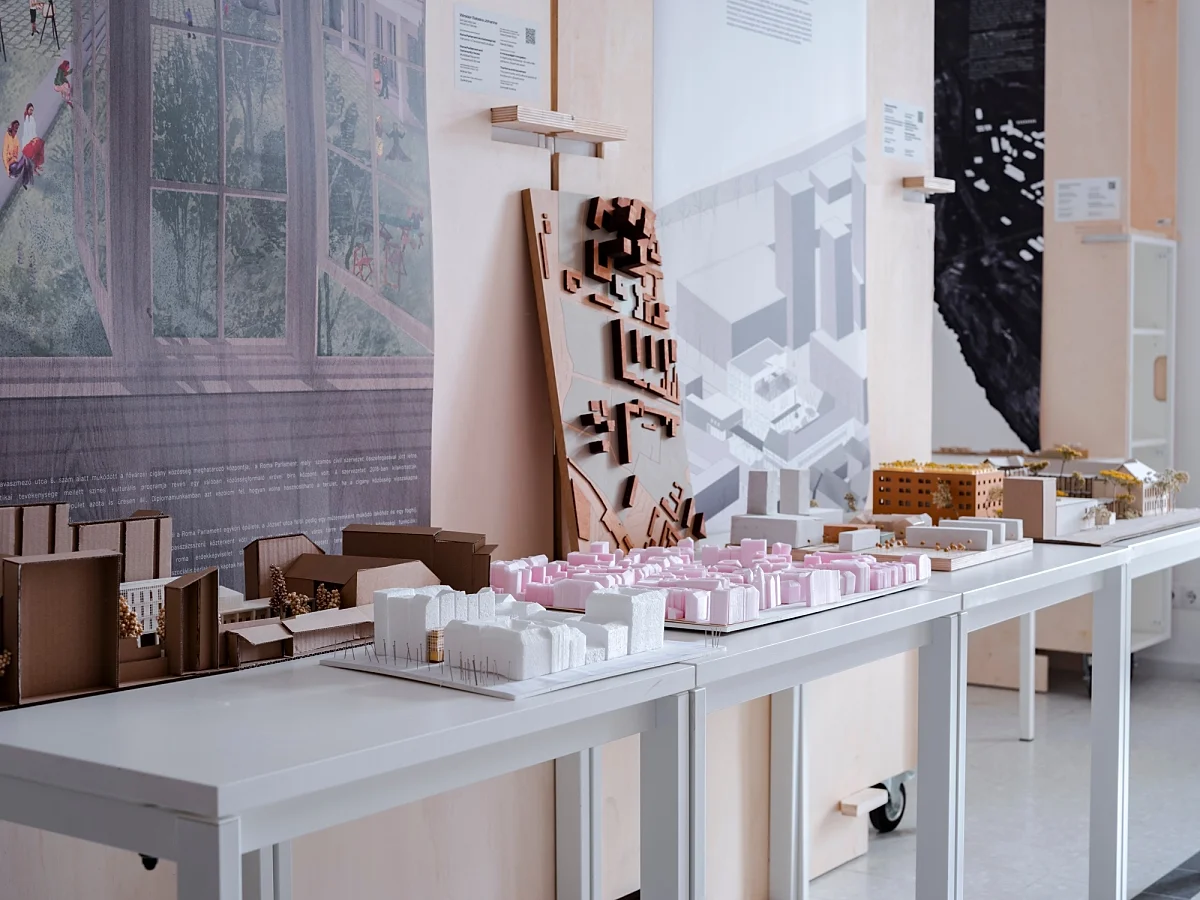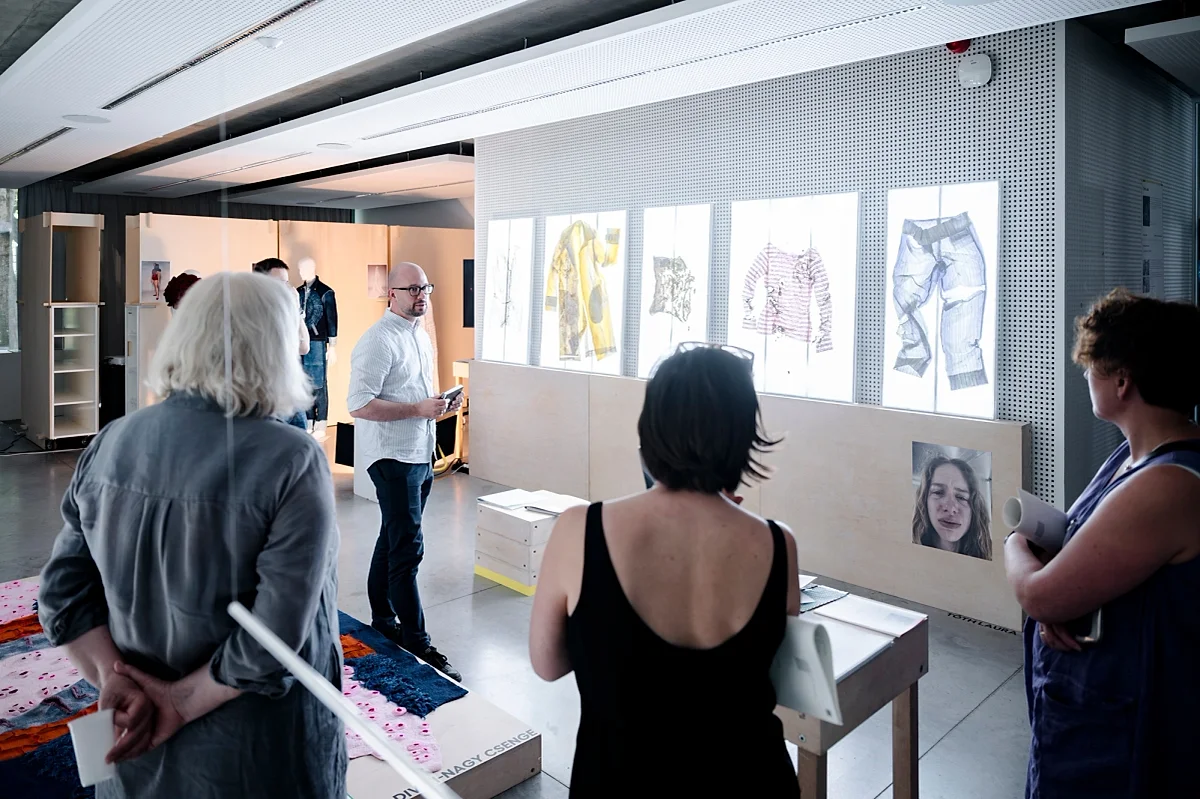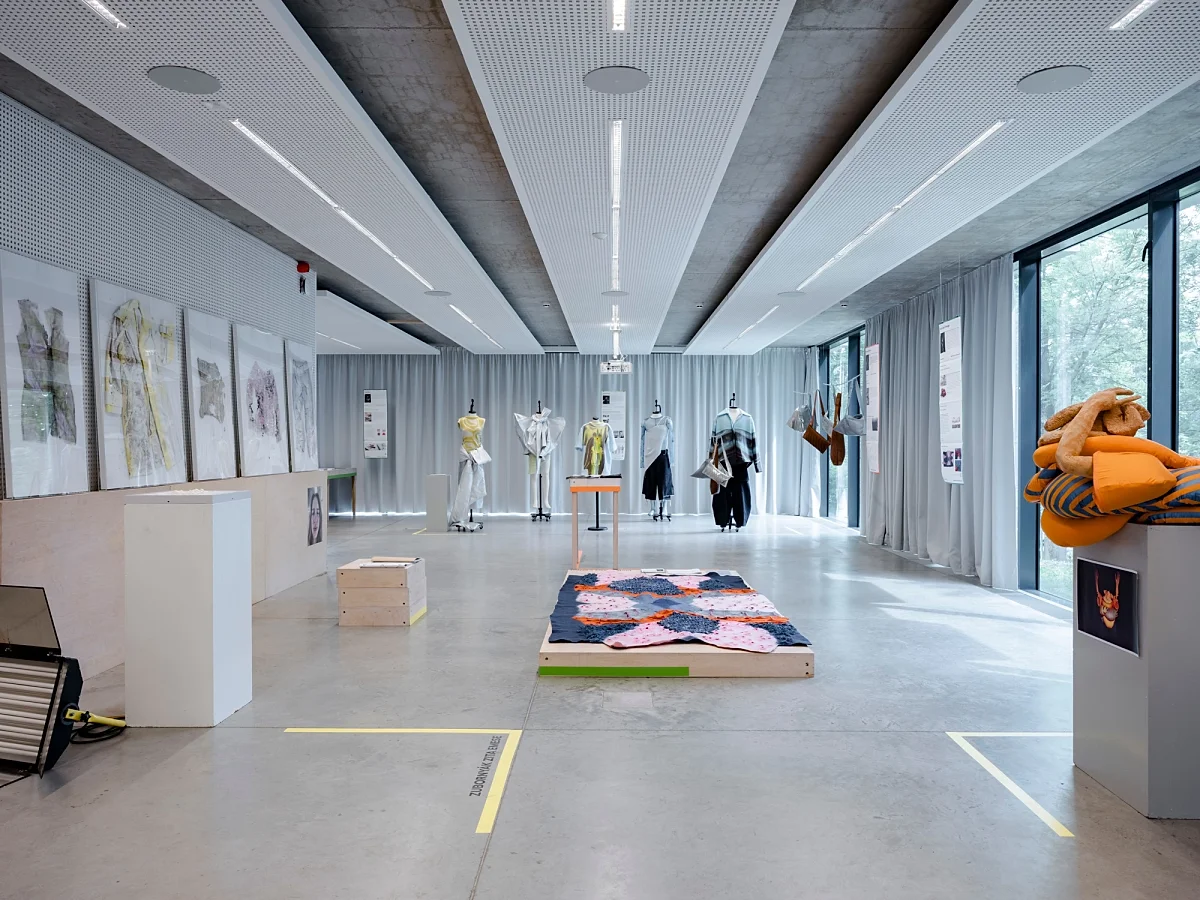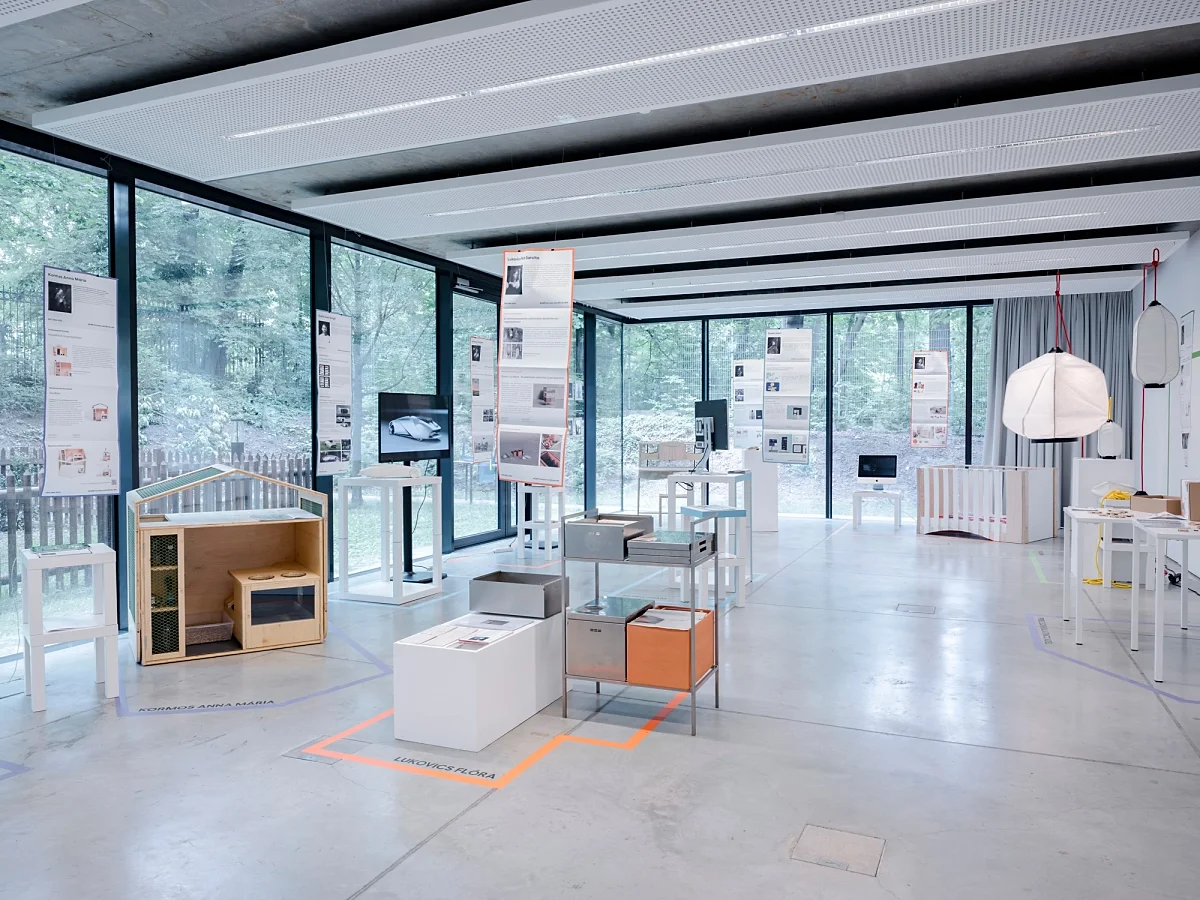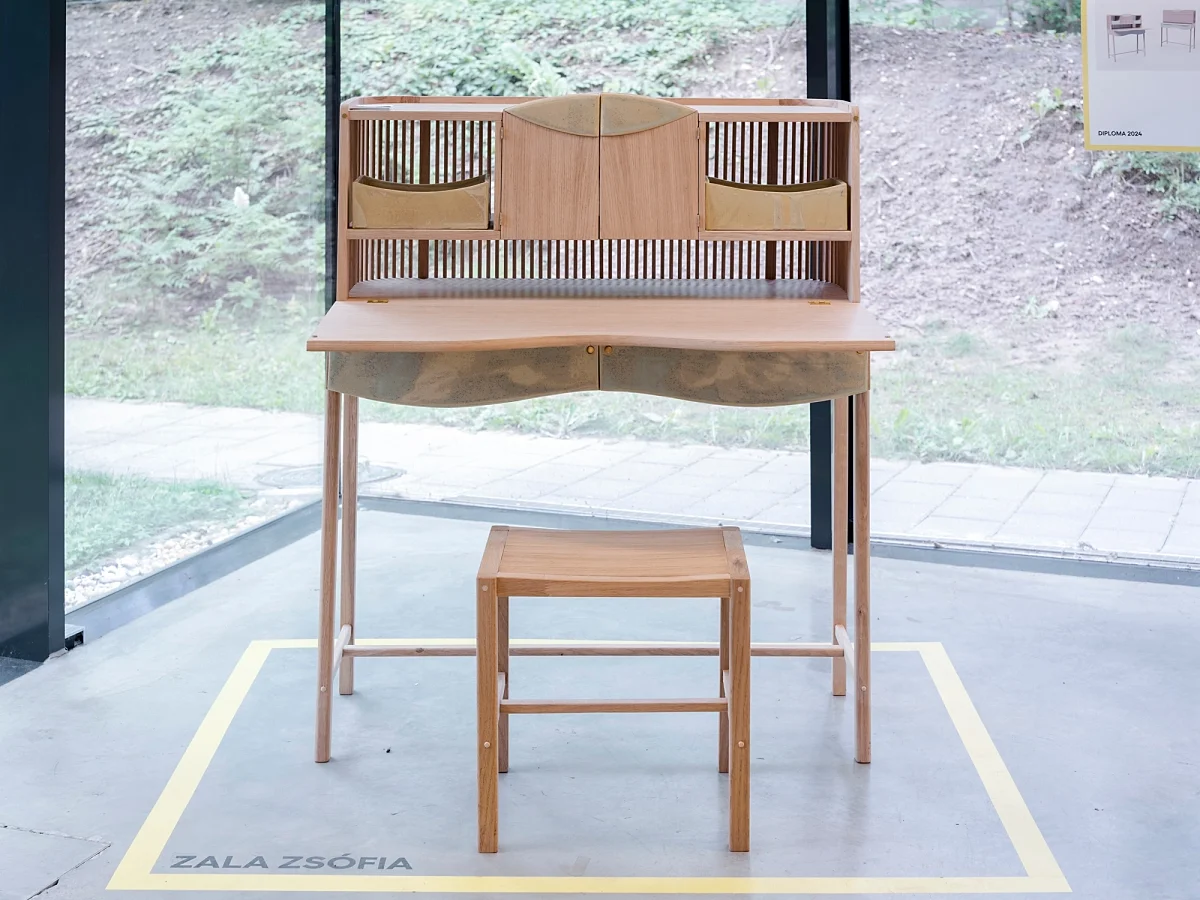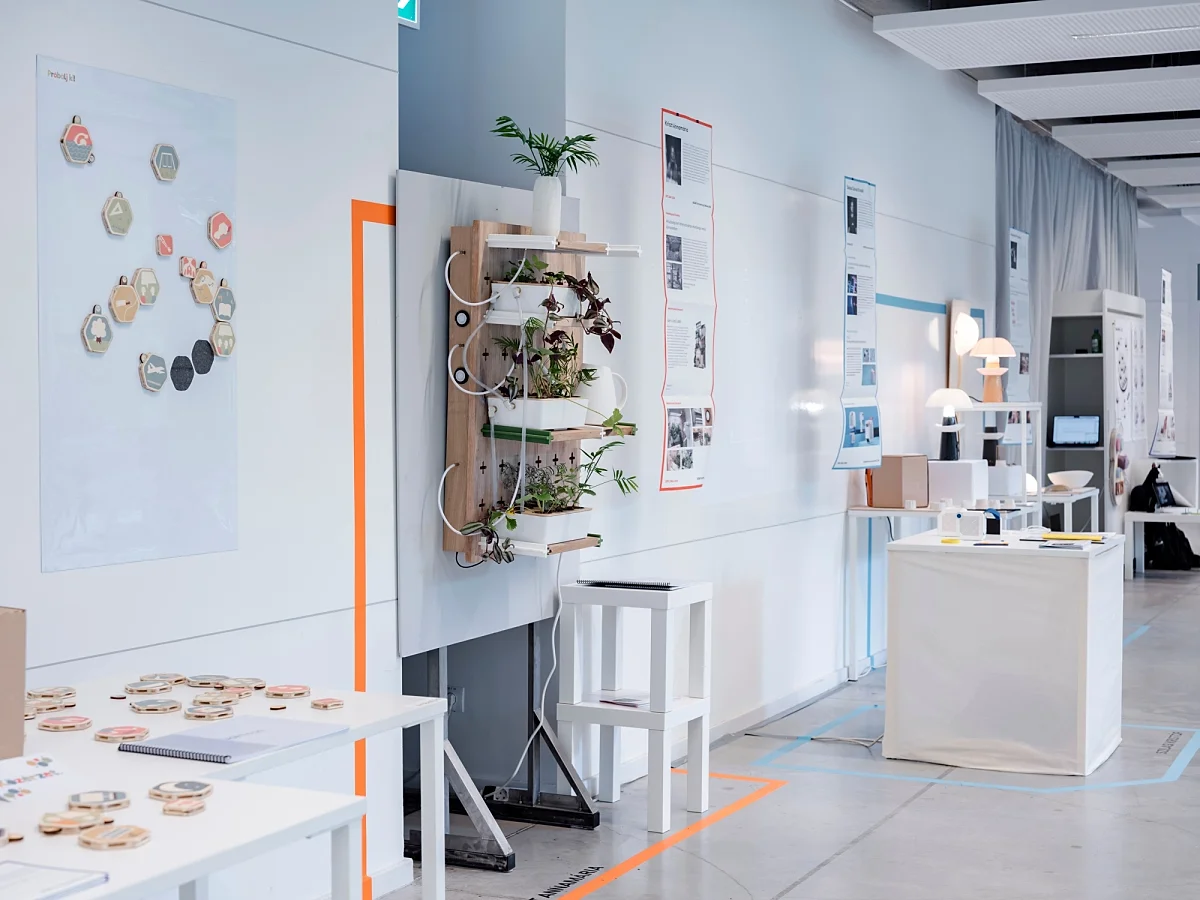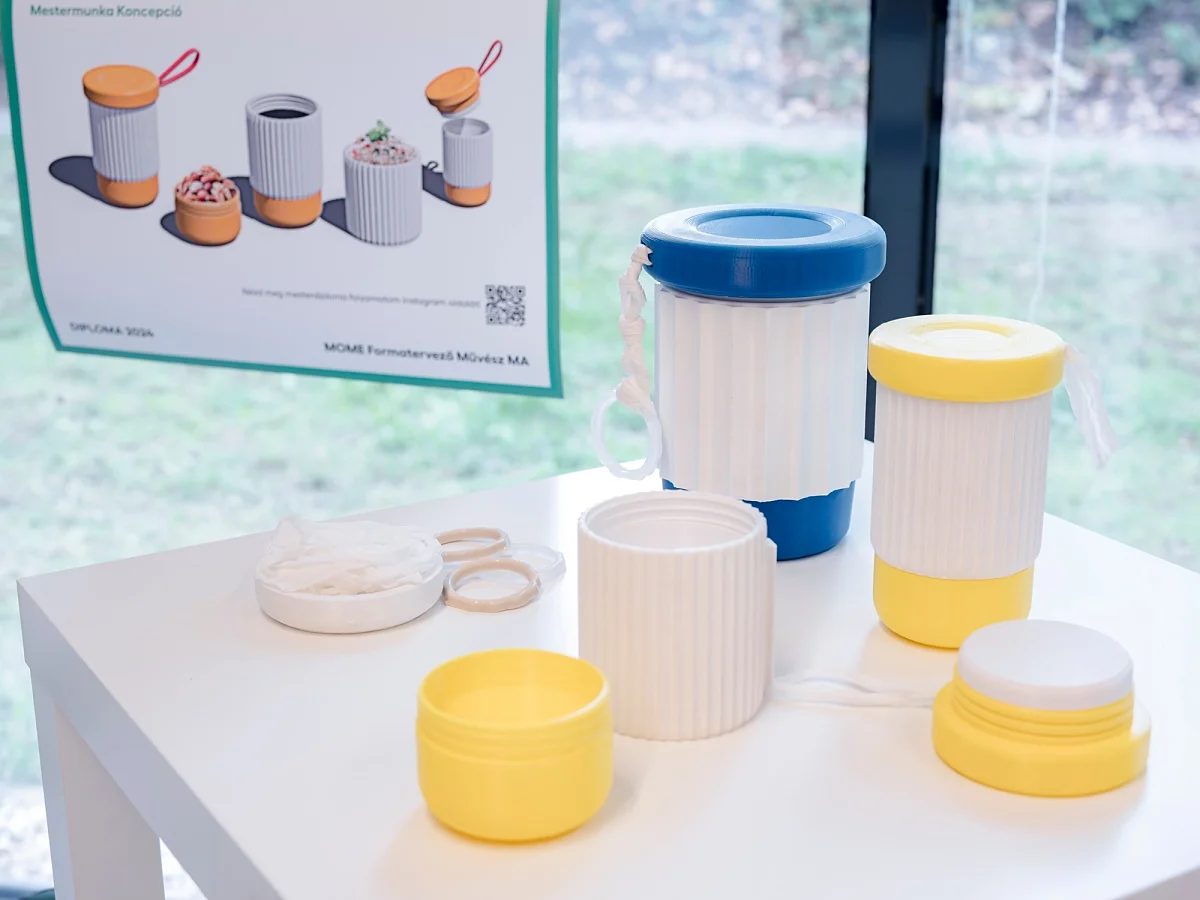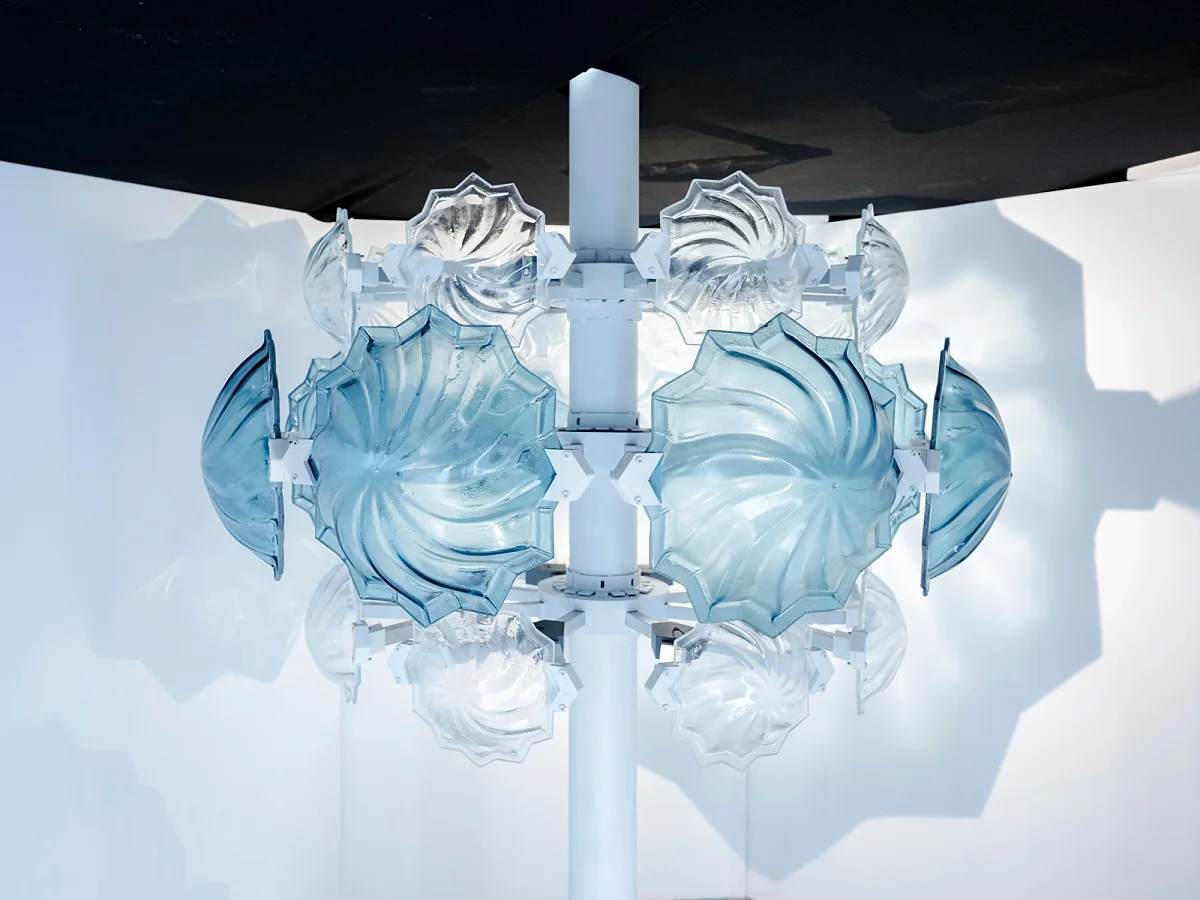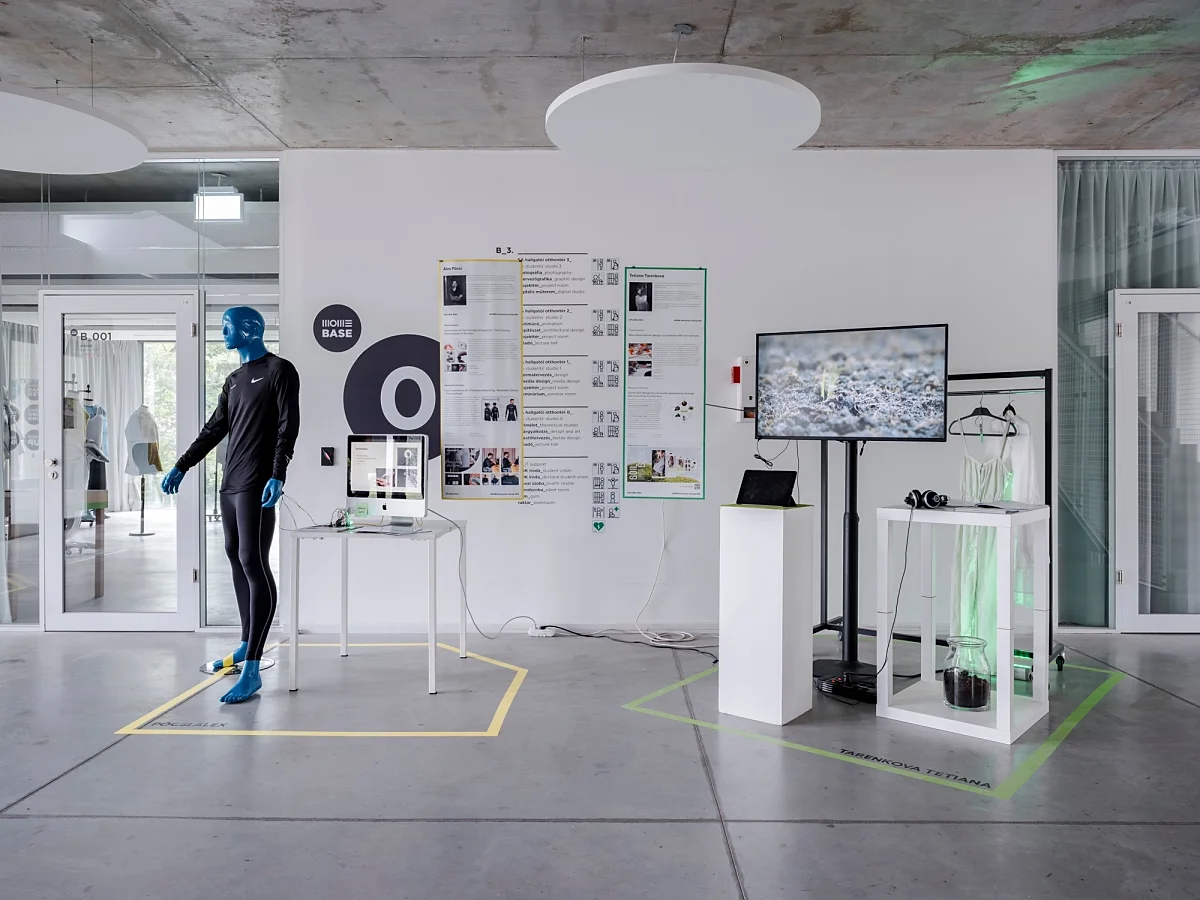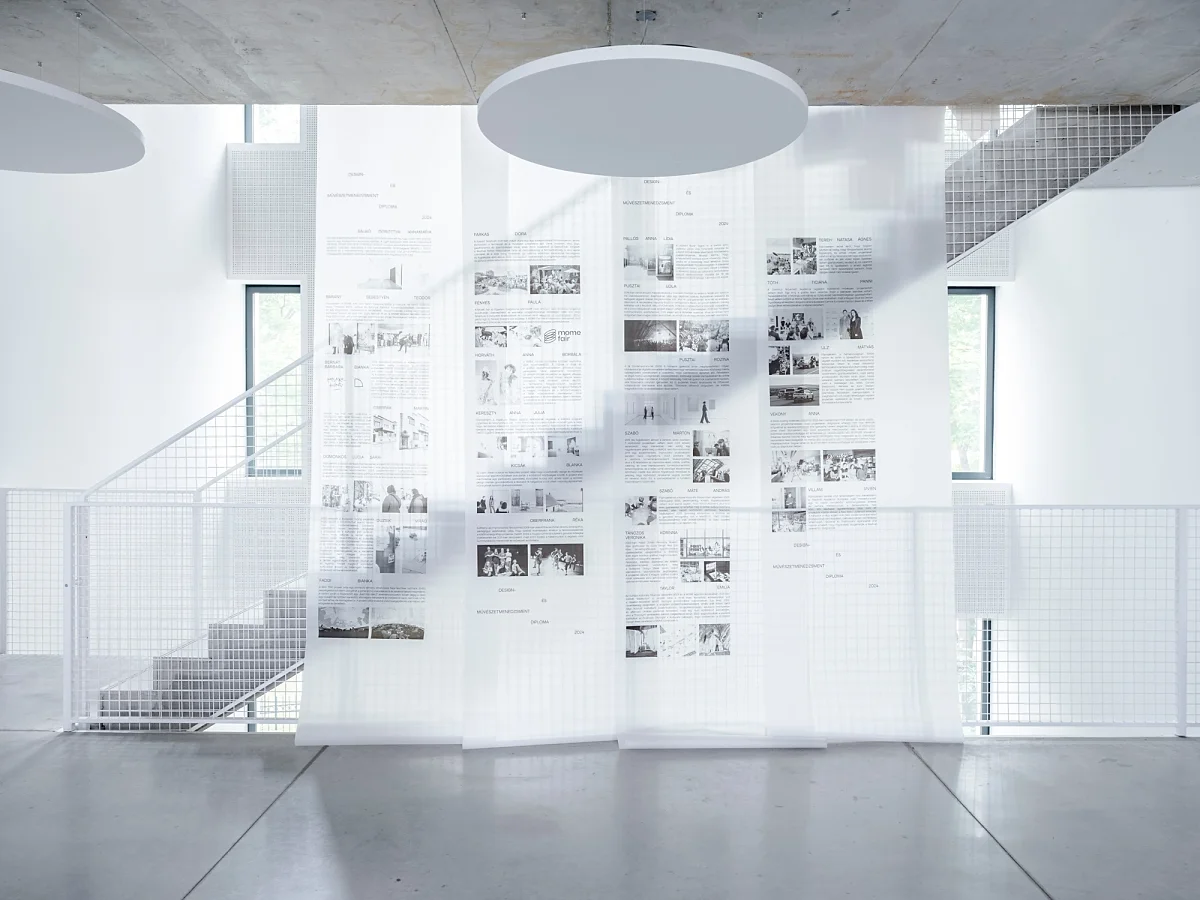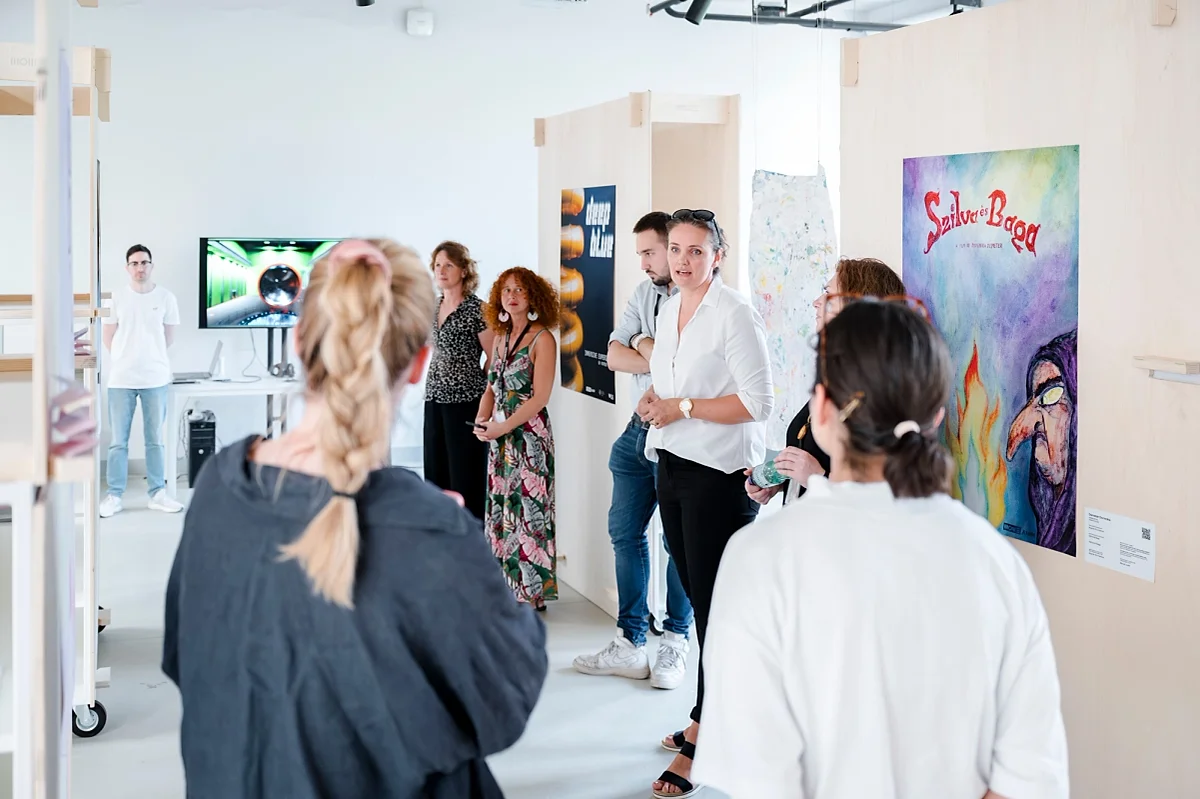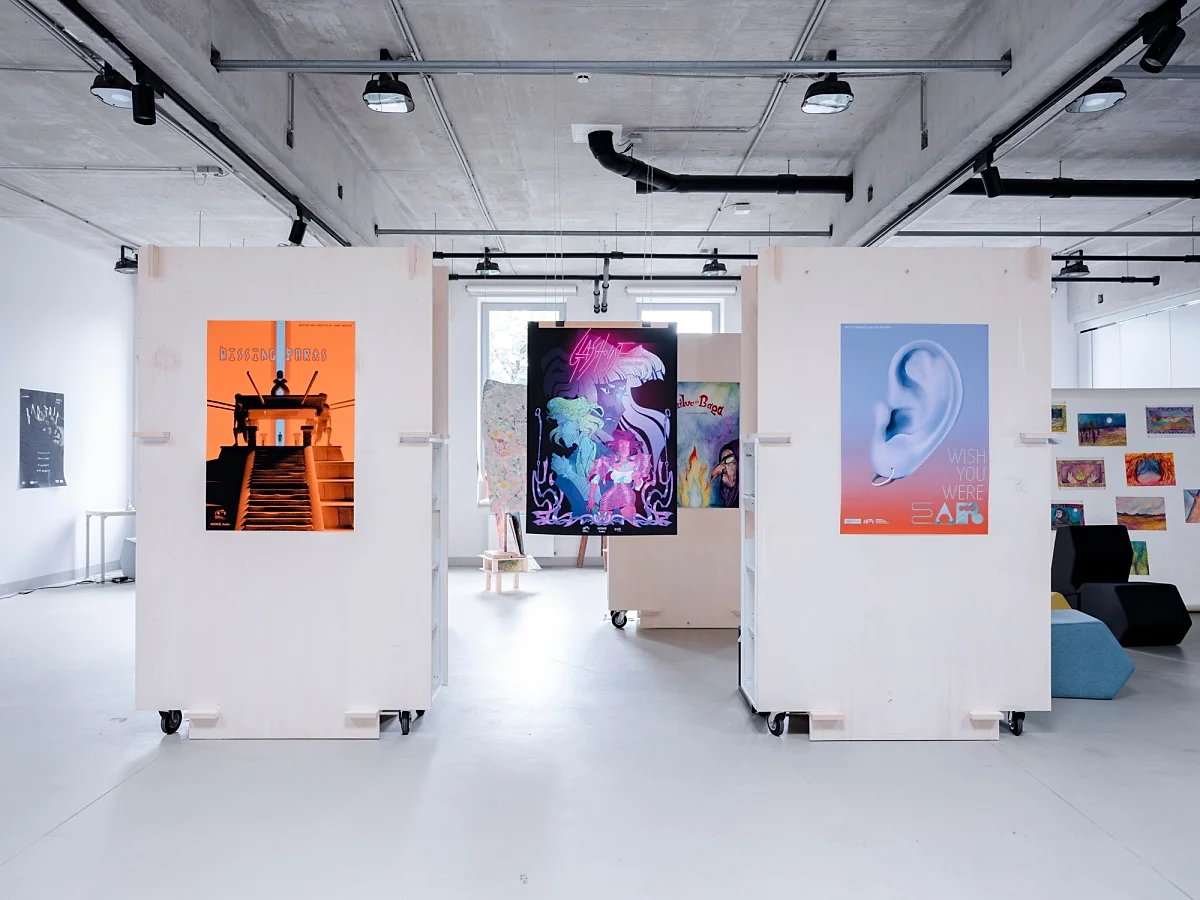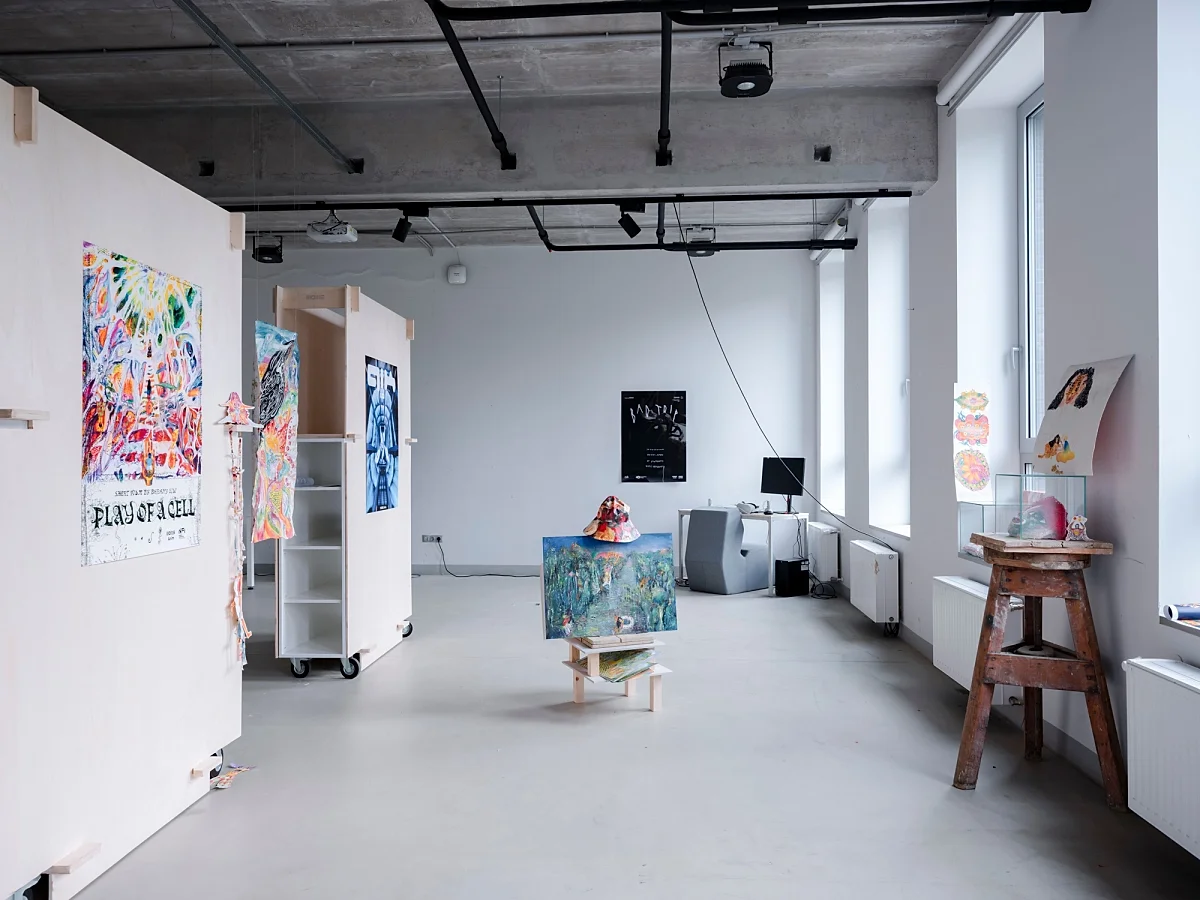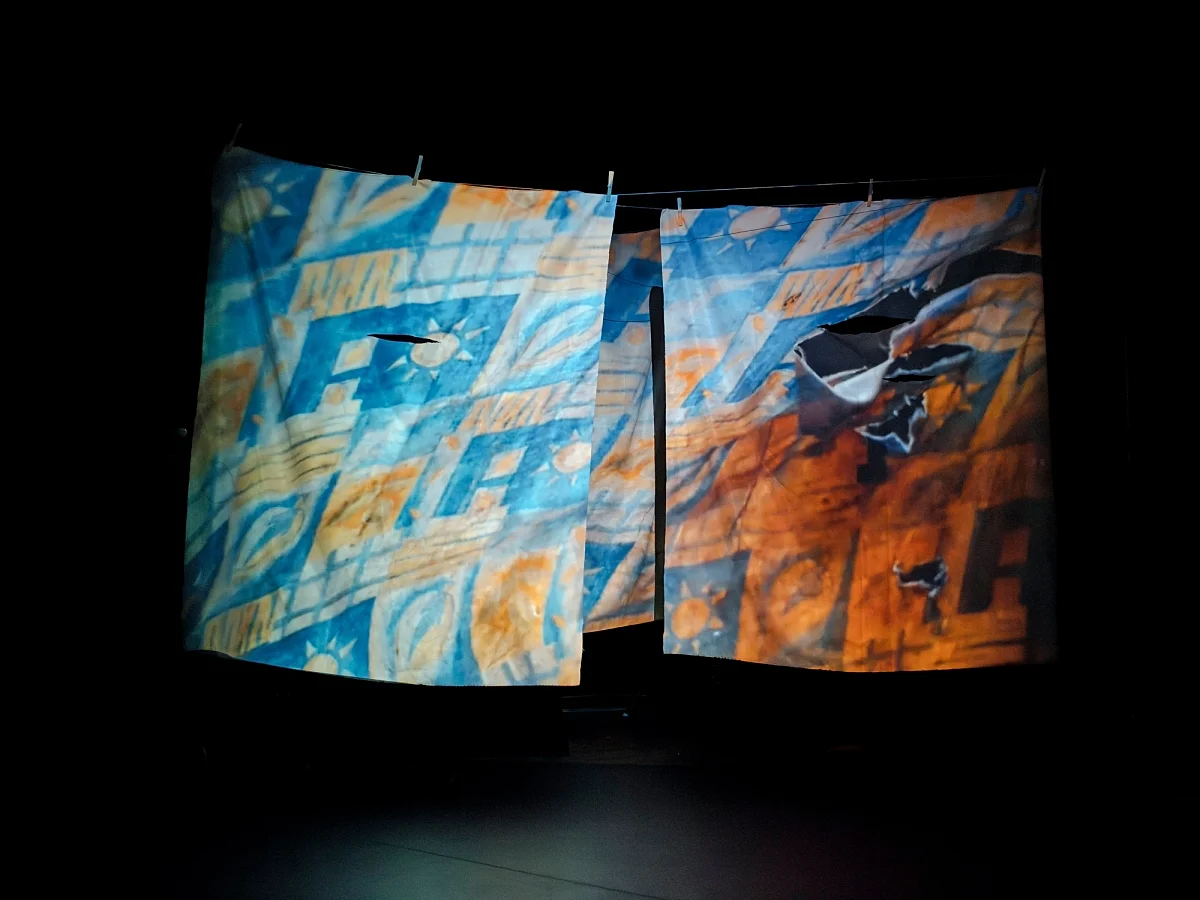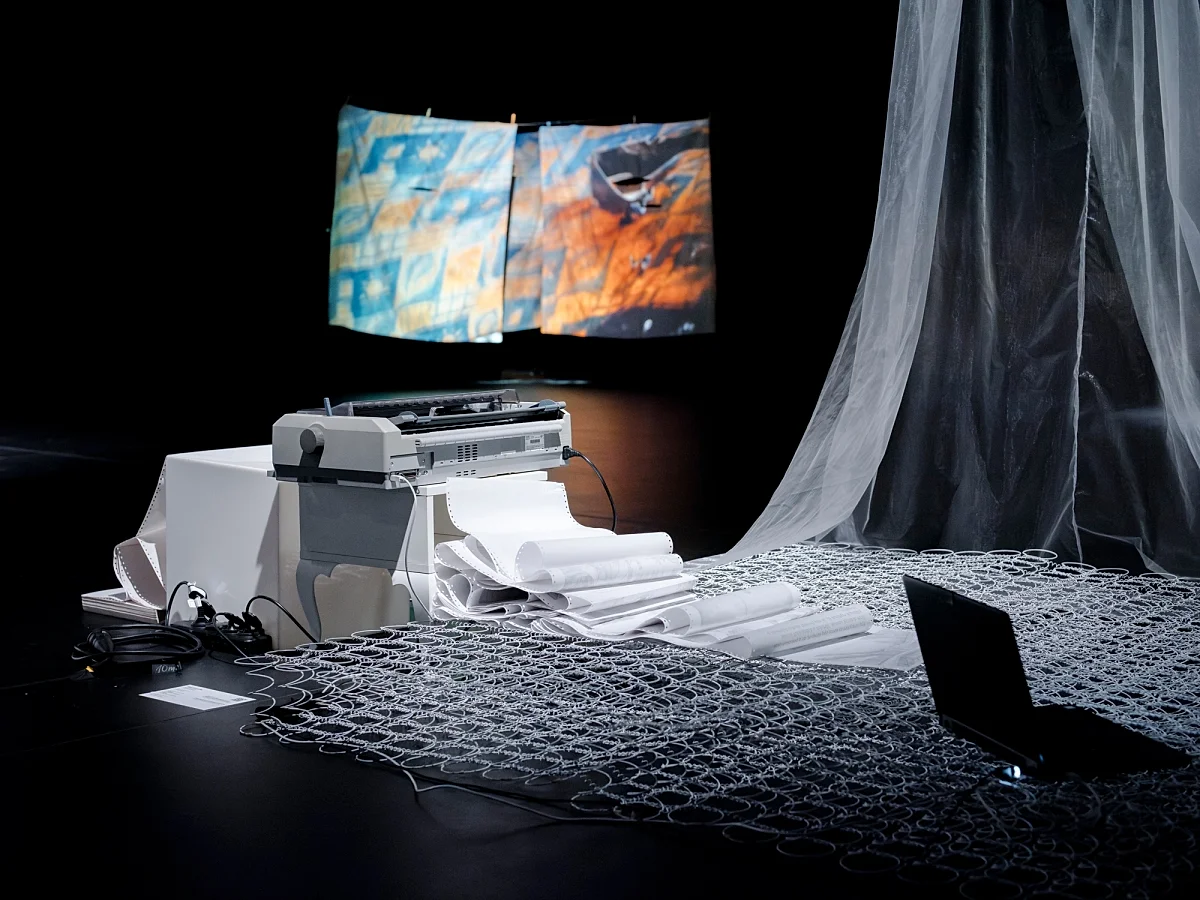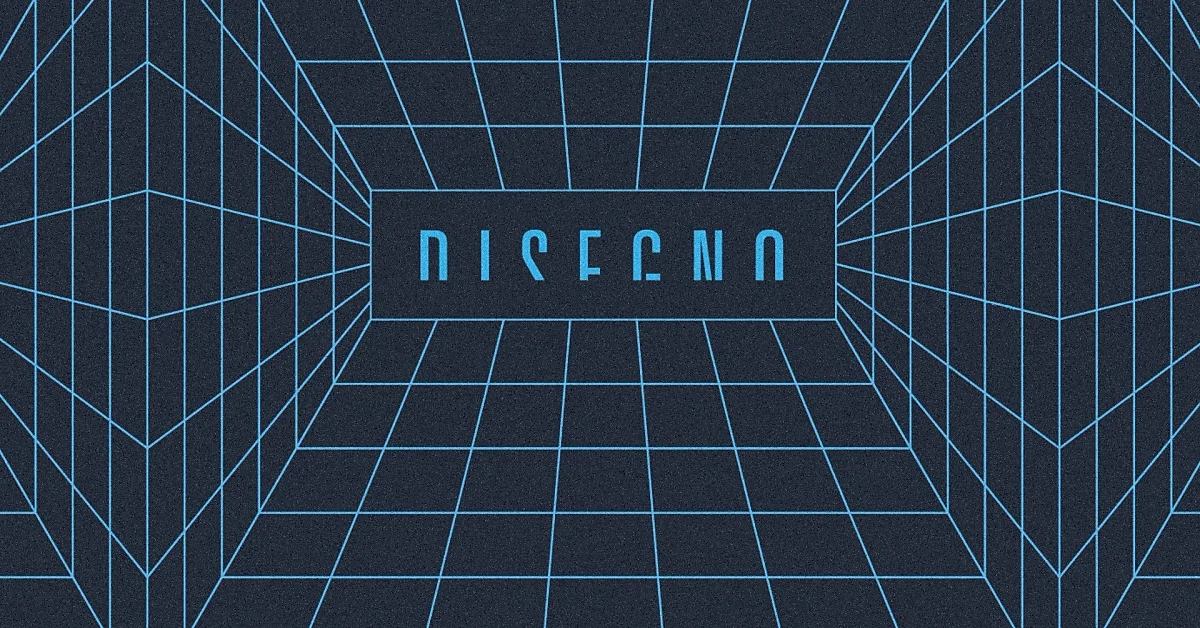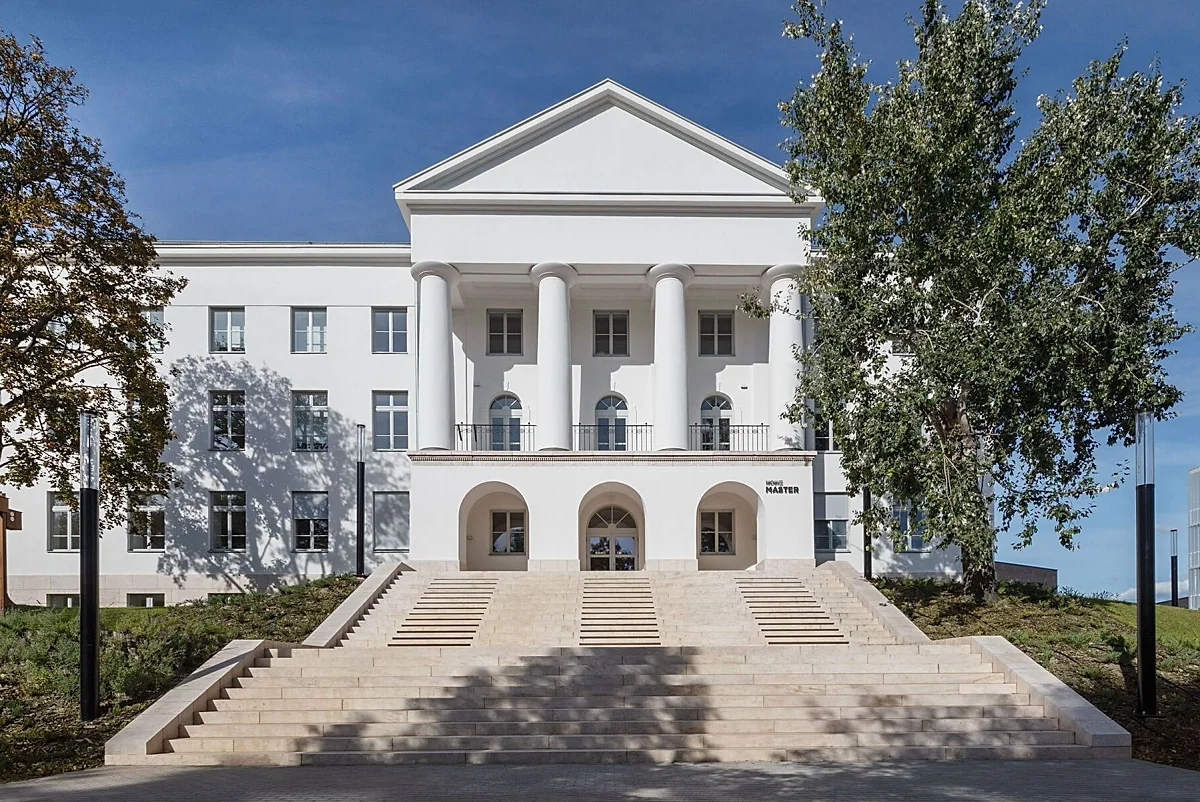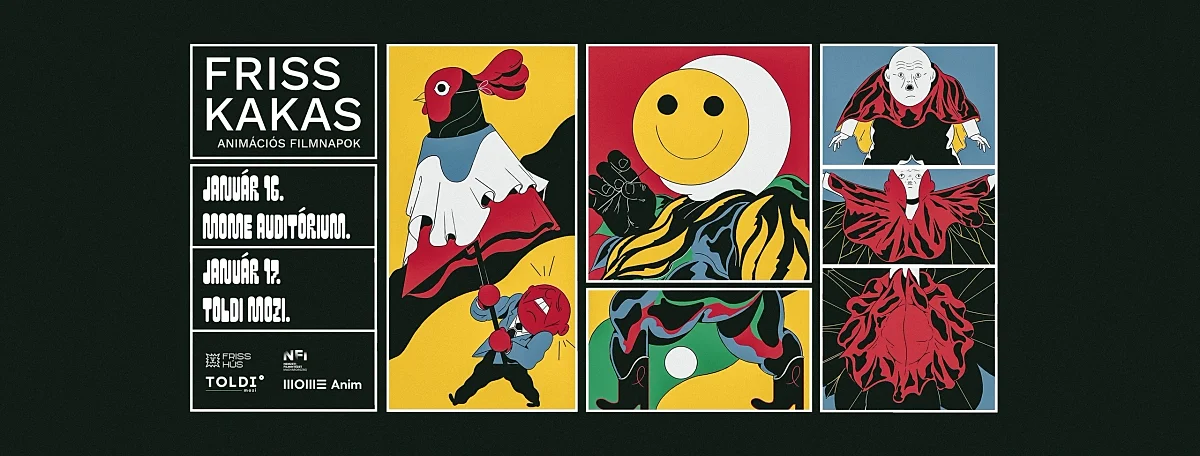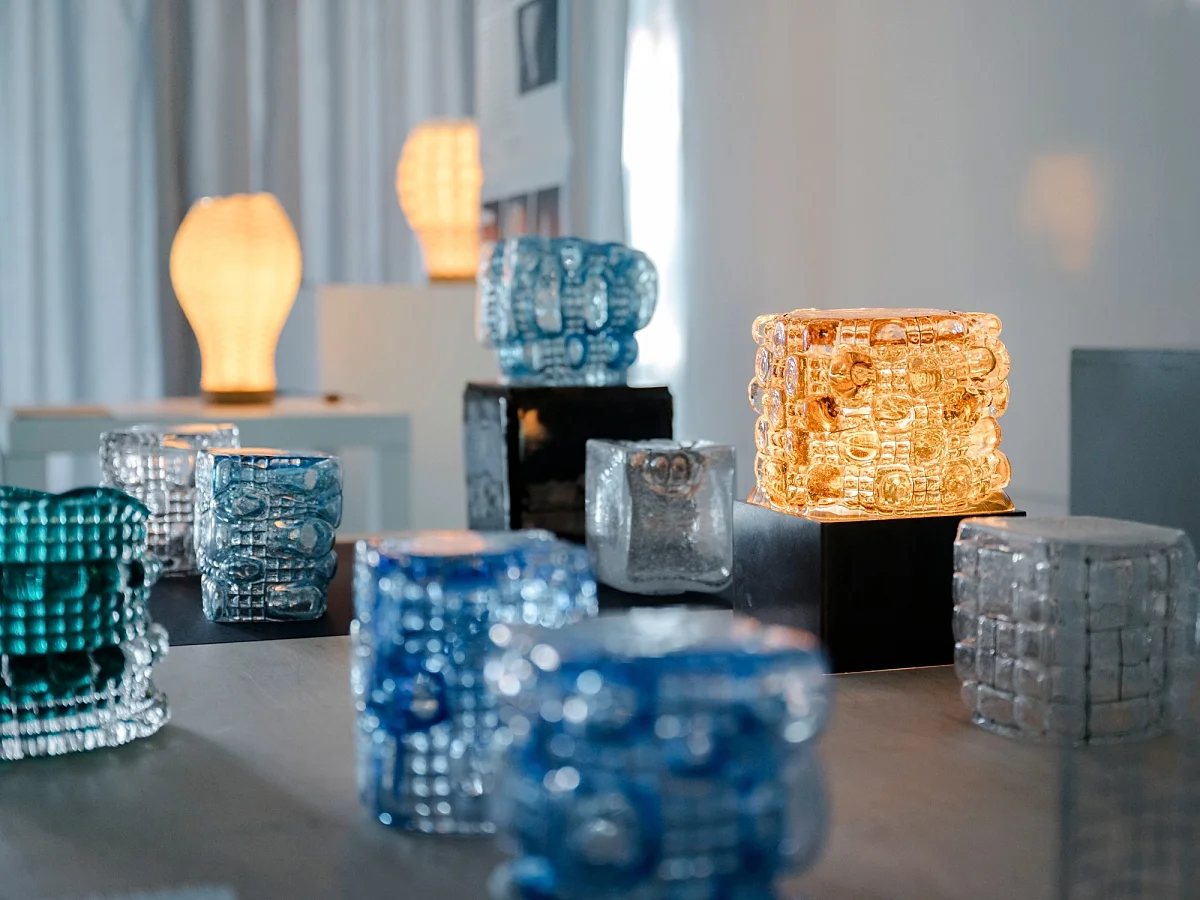
“Designing is not a profession but an attitude”
In his welcome speech at the guided tour, Rector József Fülöp spoke about how efforts to improve the world may often seem idealistic and naïve, yet MOME students work toward this very goal. Rather than build castles in the air, they present concrete, viable solutions using the tools of design and a fresh perspective they bring as a new generation. During the tour, heads of programmes and students from the Media Institute's Graphic Design and Photography programmes, as well as from the Architecture and Design Institutes highlighted selected diploma projects. Here is a brief overview of the remarkable, innovative ideas the latest generation of artists and designers has brought to life.
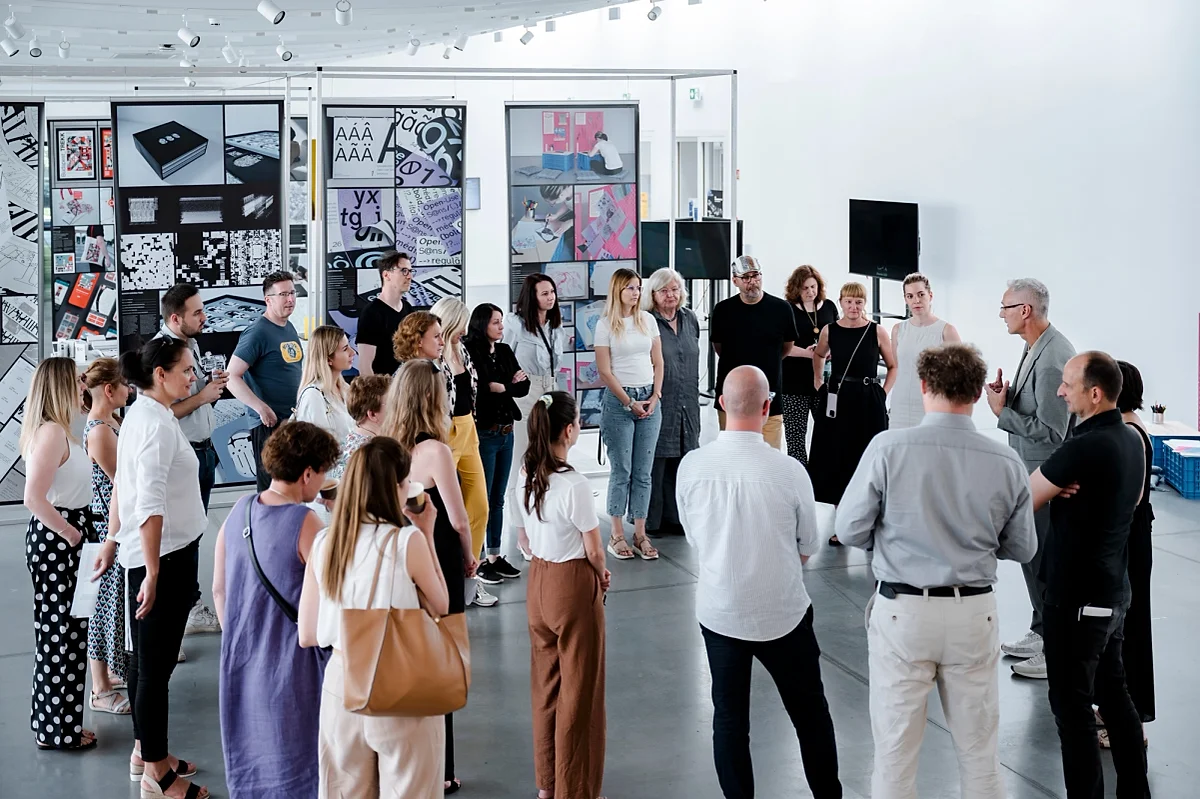
The research and problem-focused projects of the Graphic Design MA programme rely on, and at the same time often go beyond the conventional tools of graphics. Now they include a book object designed for the post-digital era allowing readers to rewrite the narrative (Soma Gonda), an eye-friendly typeface designed for people with visual impairments to be able to read longer texts on screens (Mónika Anna Lados), and a community platform giving visibility to students’ typeface designs (Anna Katalin Szilágyi). There are also installations crossing over to autonomous art territory, such as those highlighting creative background workers in show business (Hanga Auguszta Fejős), or the massive amounts of data unnecessarily generated in the age of contemporary dataism (Ágnes Petrucz).
The diploma projects of the Photography programme expose deep, often painful societal crises, positioning the photographer as the conscience of society and a mediator of untold stories, delving into issues like depression (Patrícia Koroknai), the melancholy of emigration (Franciska Legát), and the impact of alcoholism on families (Lola Eördögh). Roots is a recurring theme, whether explored through the lens of a young half Roma woman (Anita Horváth) or the detective work of an American student of Hungarian descent who attempts to uncover the silent and secret-laden past of her grandfather who emigrated in 1956 (Elsa Berrien).
This year, the Architecture Institute’s focal theme was upcycling, in other words, value-added architectural recycling. Designs included a brewery in a disused water reservoir by the railway (Bercel Dózsa), a vertical community space in the former Chinoin factory in Újpest (Rebeka Anna Majnár), and a depot for MOME in the Kálvin Square parking garage (Tilla Pálinkás-Szűcs), all driven by the mindset of seeking to discover new potential within and add value and functionality to existing built infrastructure.
The Design Institute's programmes showcased diploma projects ranging from innovative furniture created using traditional tools to data-physicalisation ceramics and speculative experiments. The various fields were tied together by five themes, each marked with a different colour during installation: social resilience, humanising technology, material ecology, community habitats, and reflective care. The varied exhibition features a dining set reflecting the mental state of people with anorexia (Nóra Vértessy), edible and sustainable mixed-fibre textiles (Nóra Gulya), and a bed with lifelong adjustability from infancy to adulthood (Zoé Szokalopulosz).
In addition to the diploma projects of the Media, Design, and Architecture Institutes, visitors to the campus can also gain insights into the research topics of the Institute for Theoretical Studies through a poster exhibition, while a screening of diploma films by Animation programme will take place in the Auditorium on Friday, 21 June, at 5:00 p.m. As the artworks are displayed throughout the various buildings and the park, the diploma exhibition, provided free of charge, is also a great opportunity to explore one of the most stunning and modern campuses in the region.

